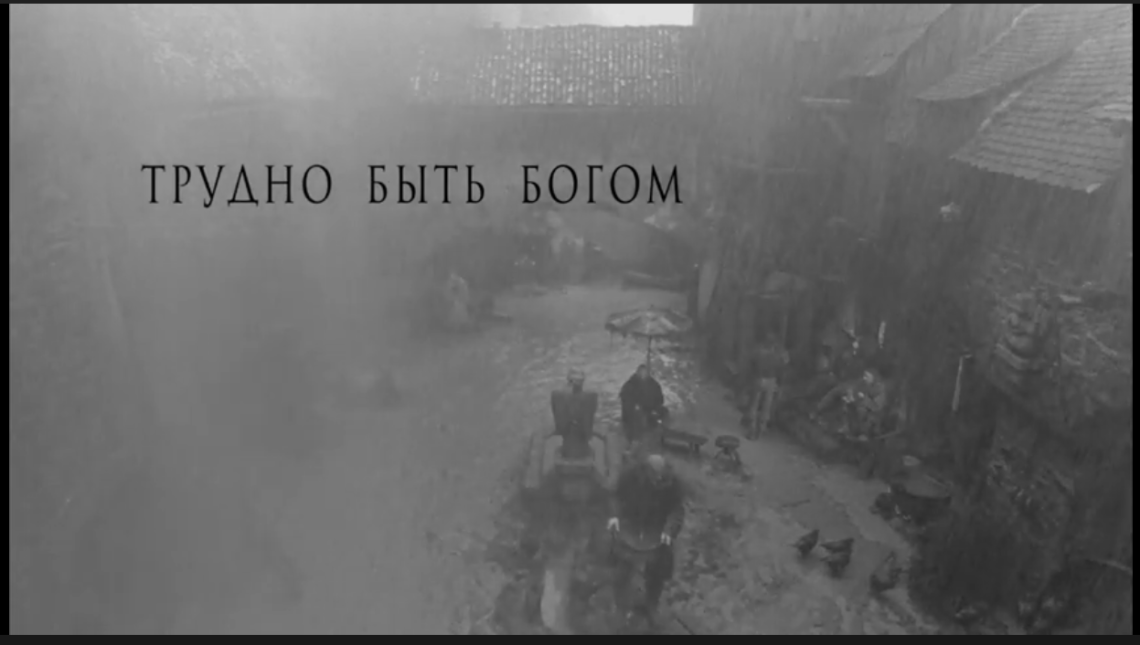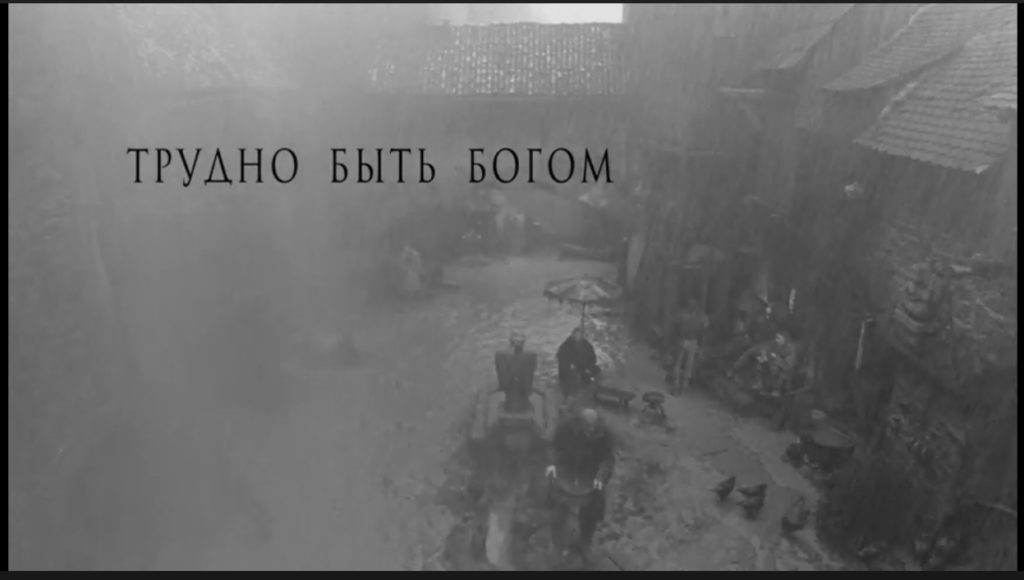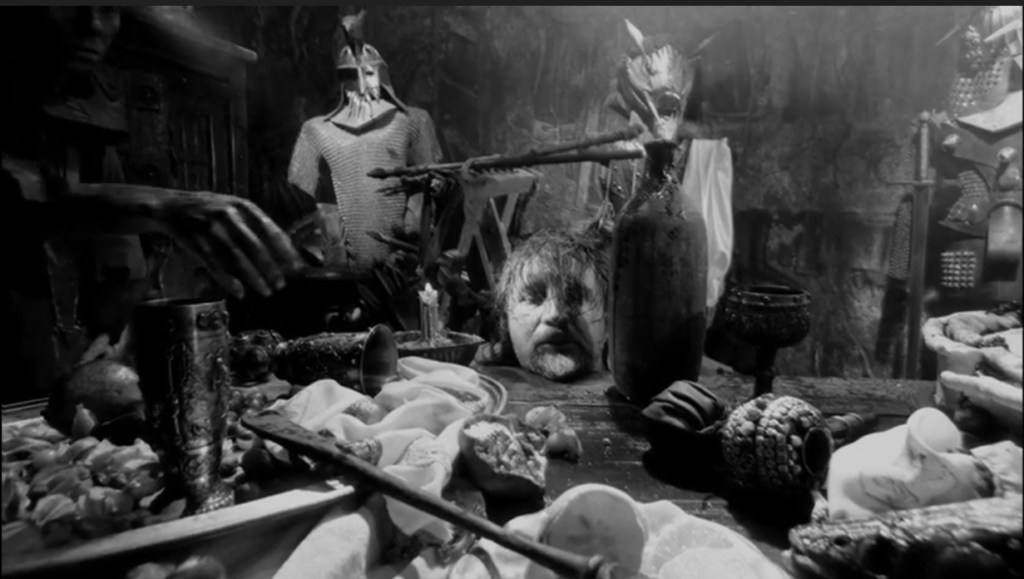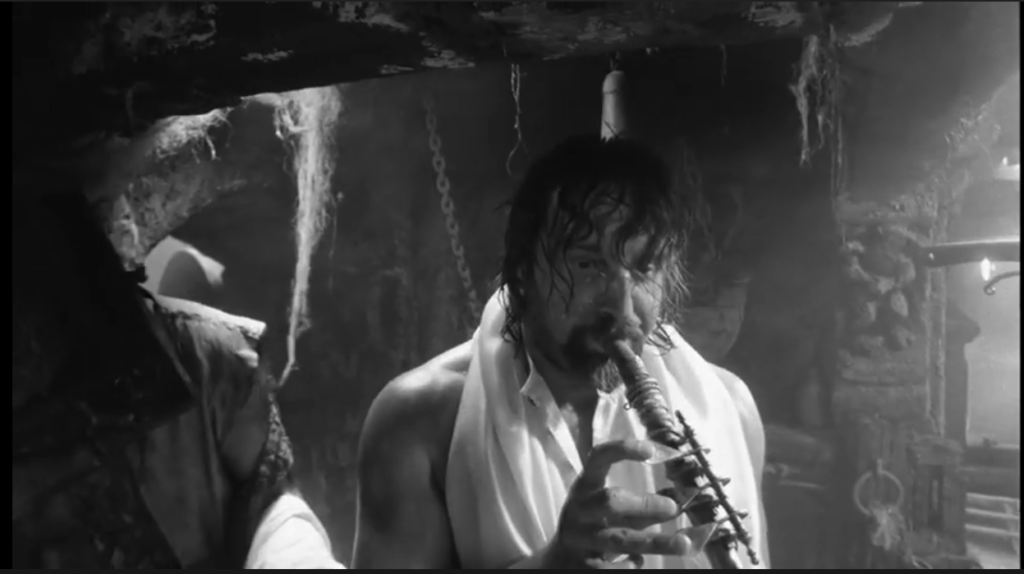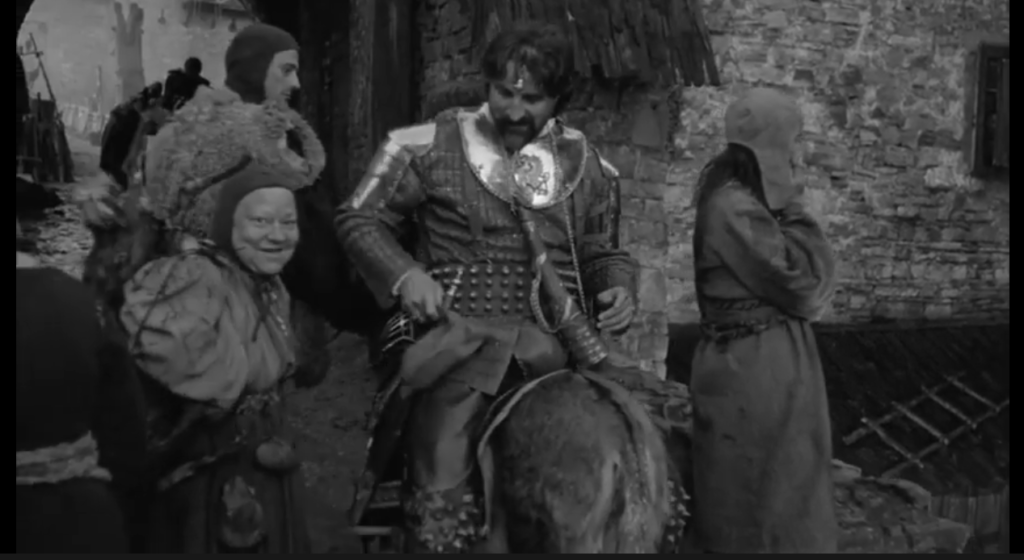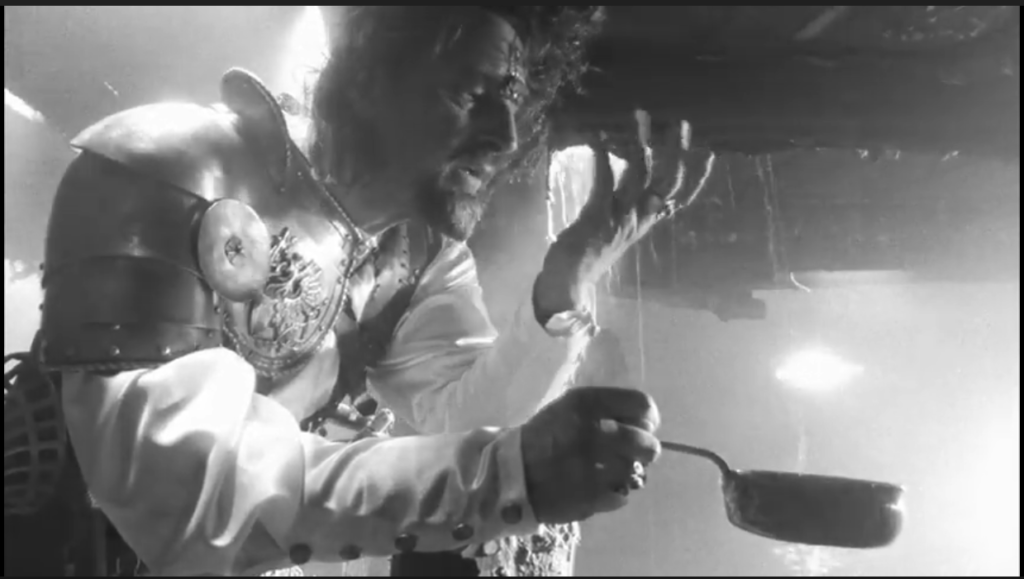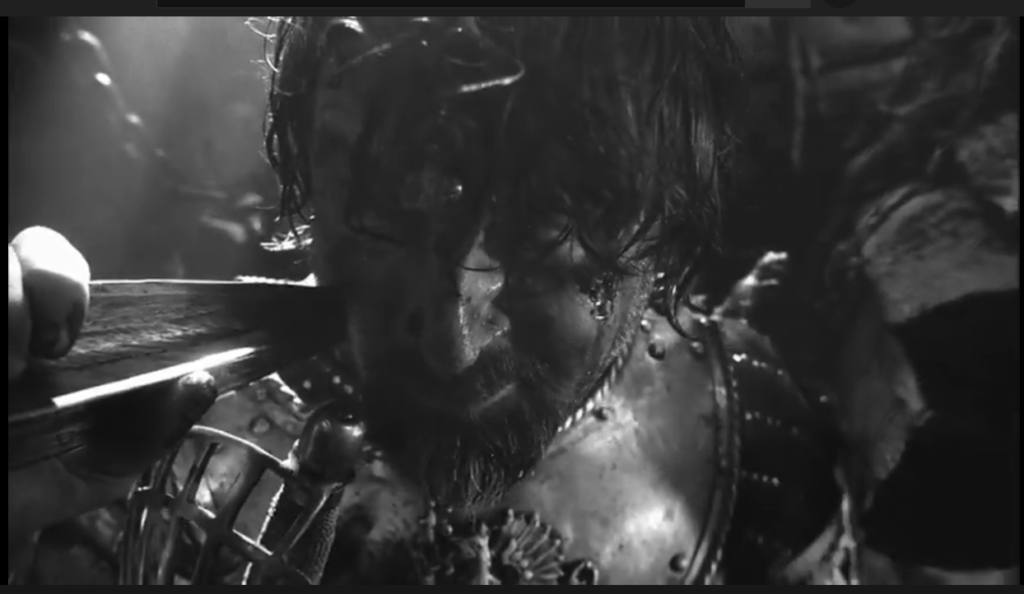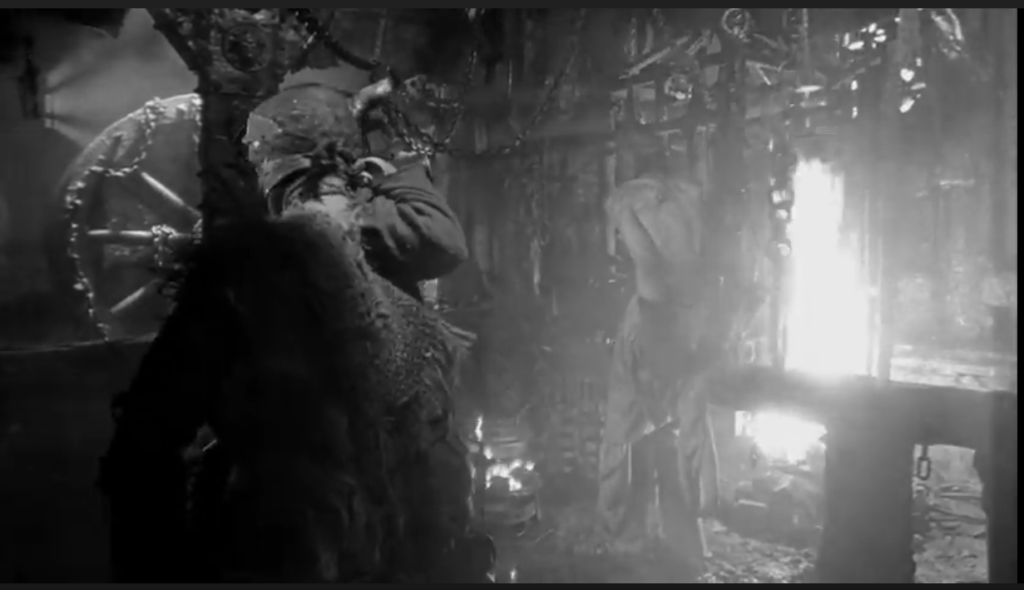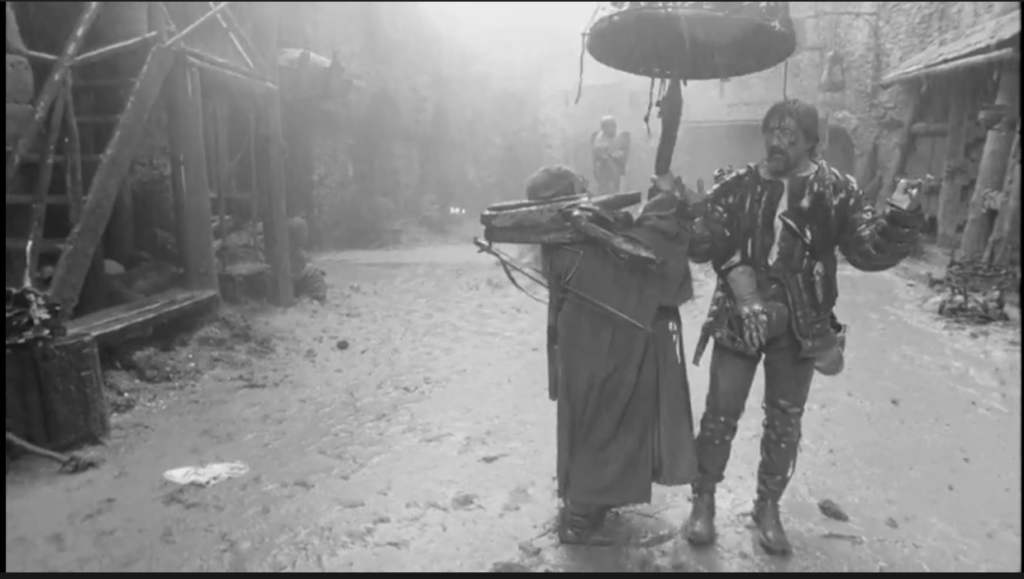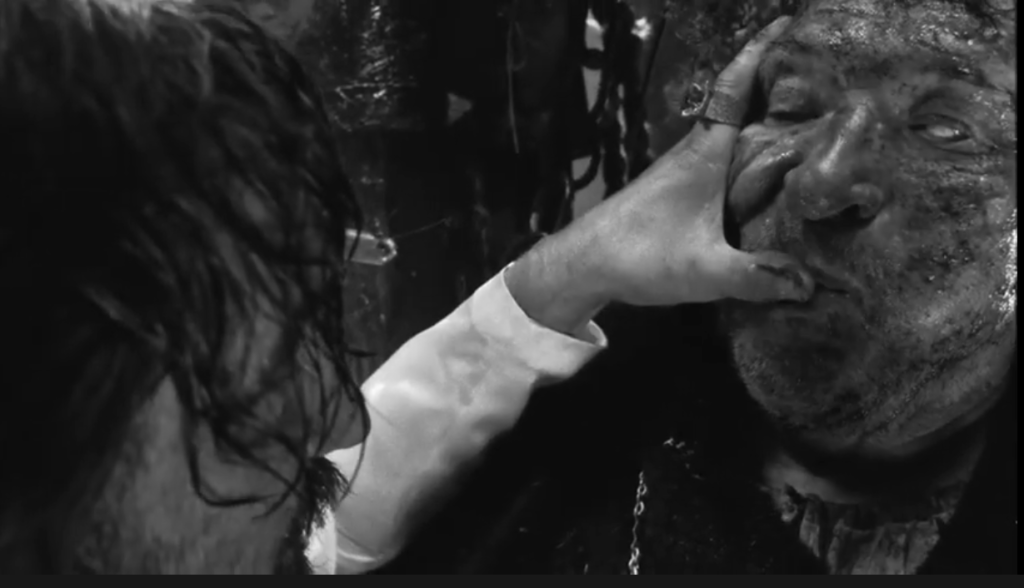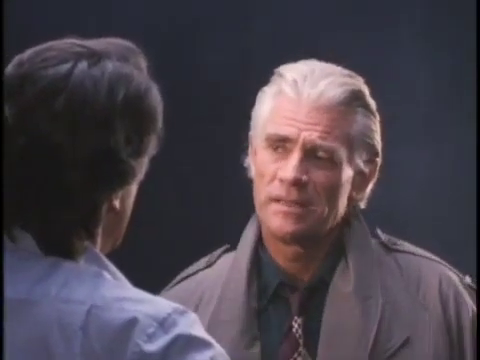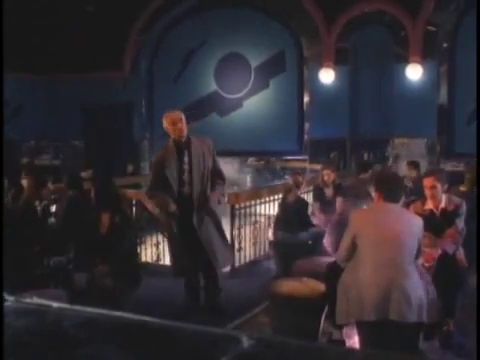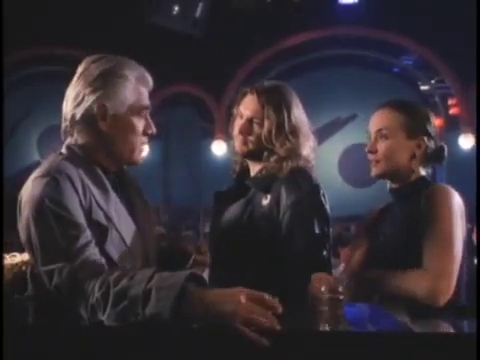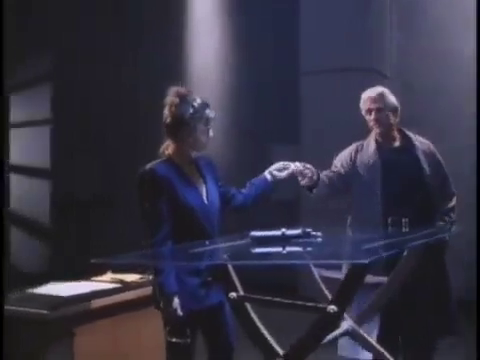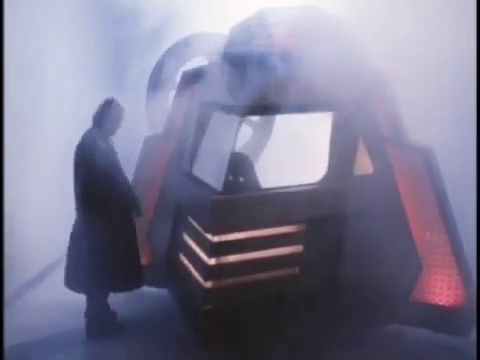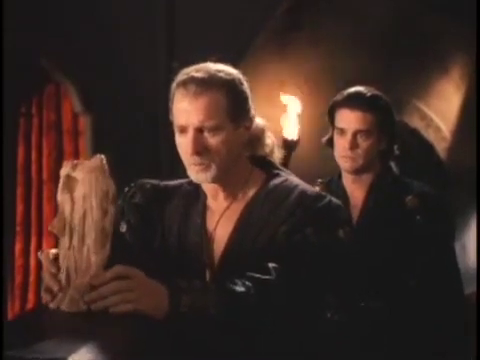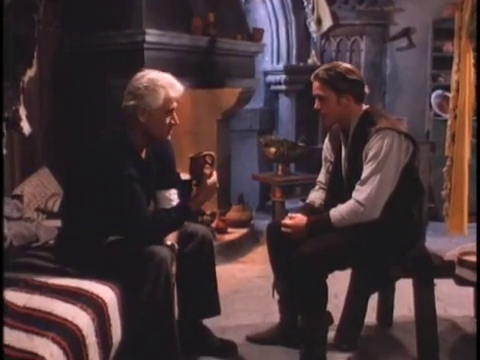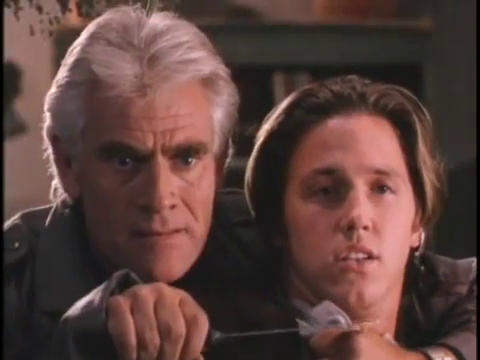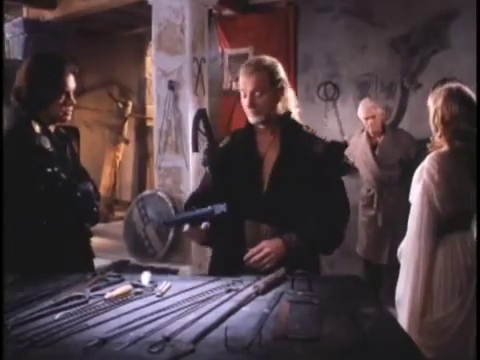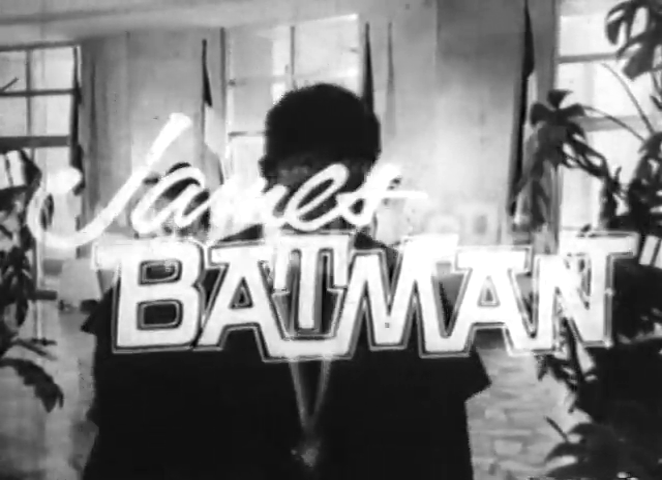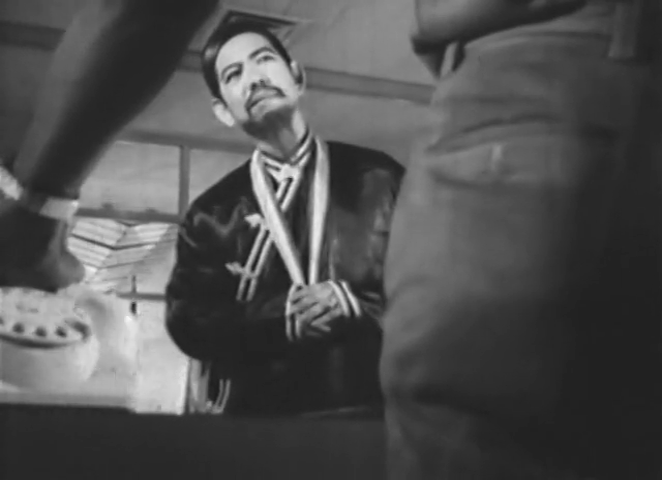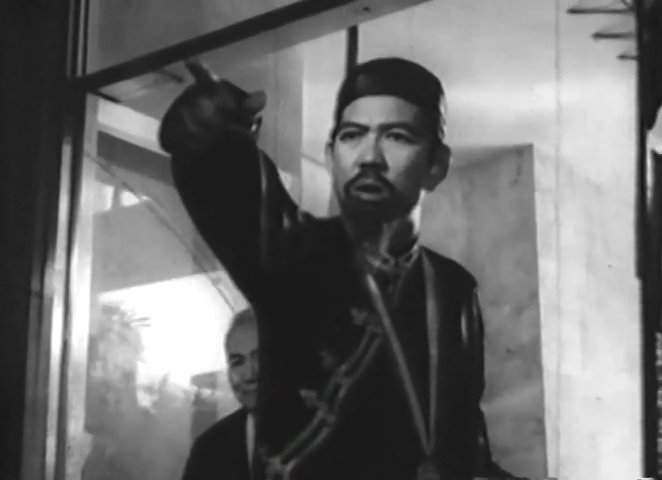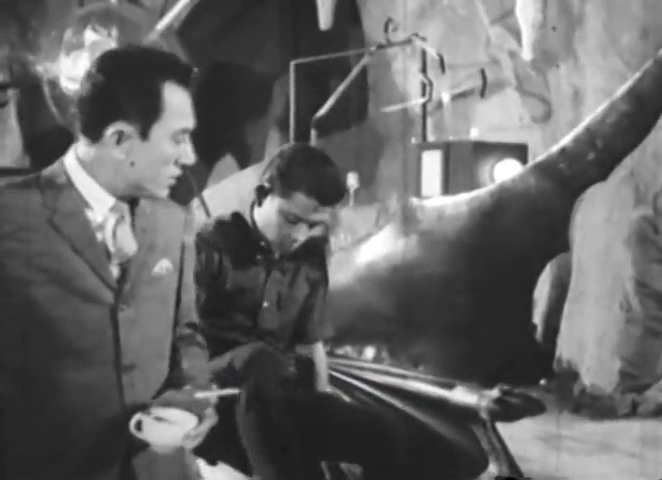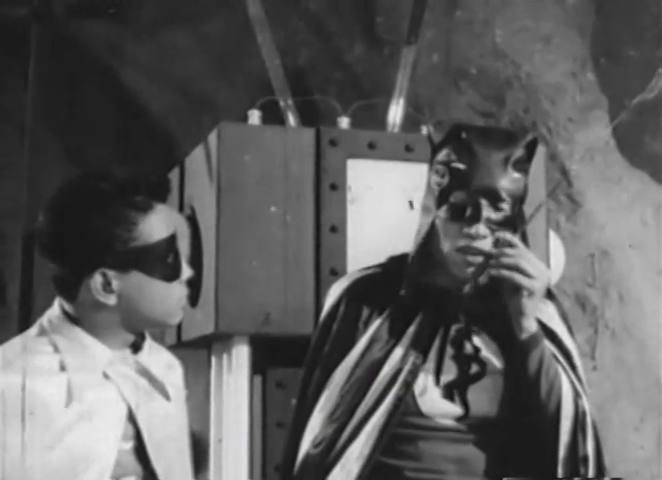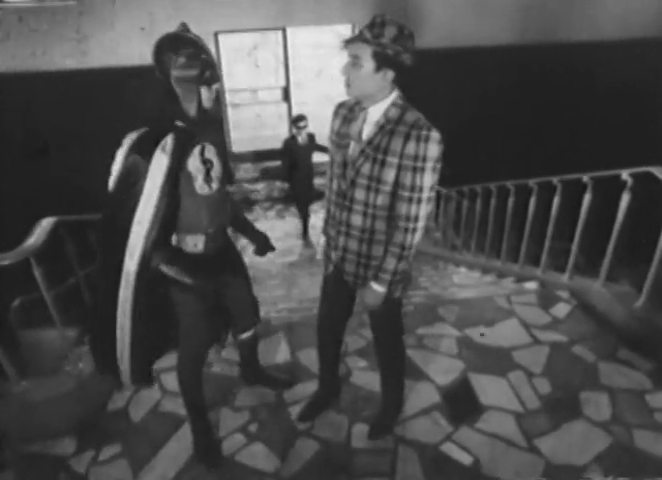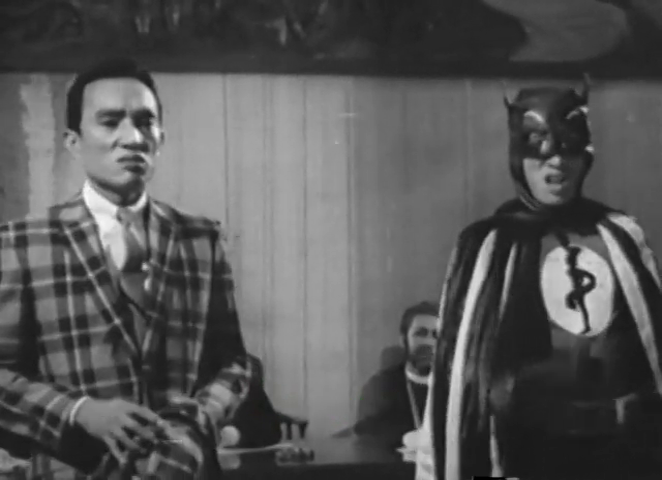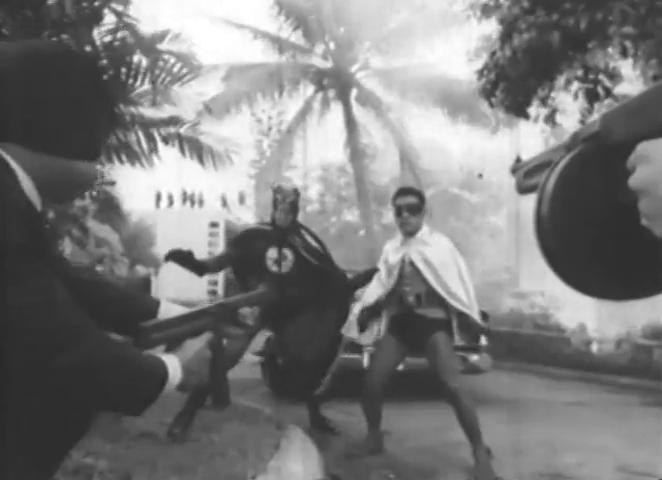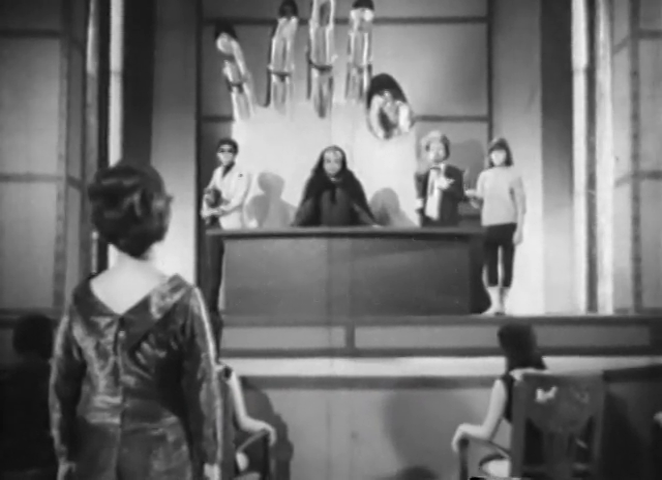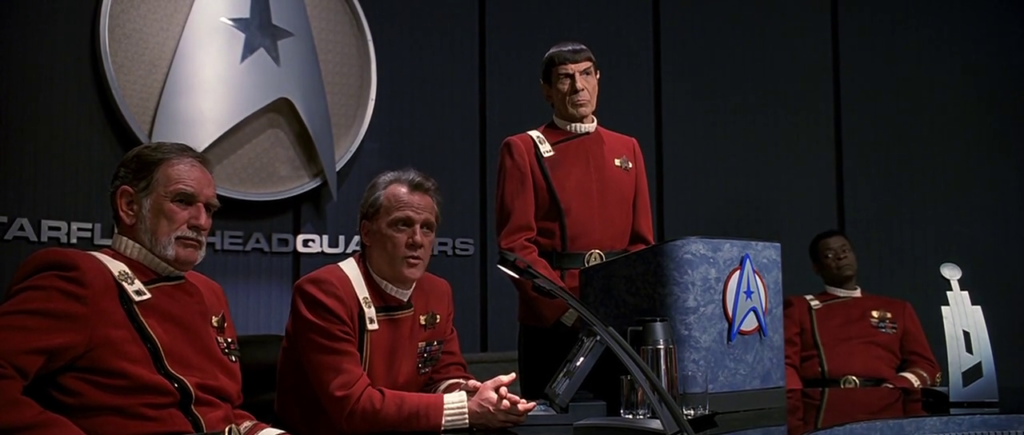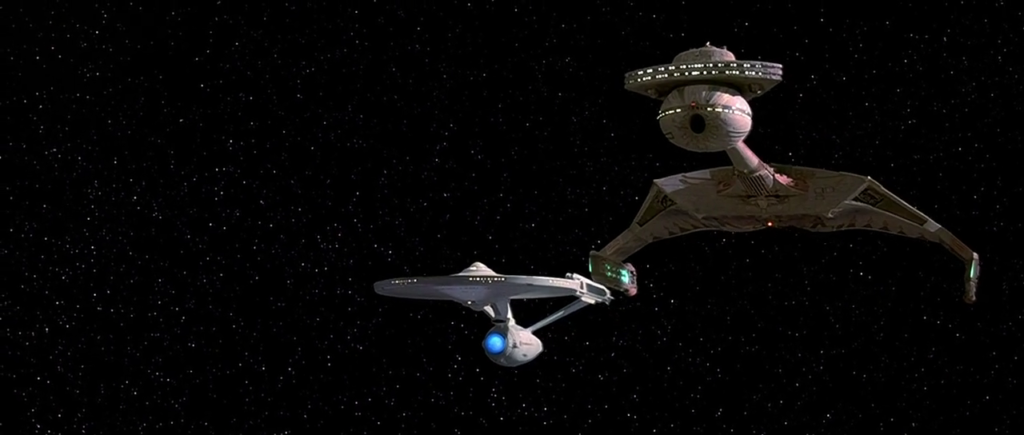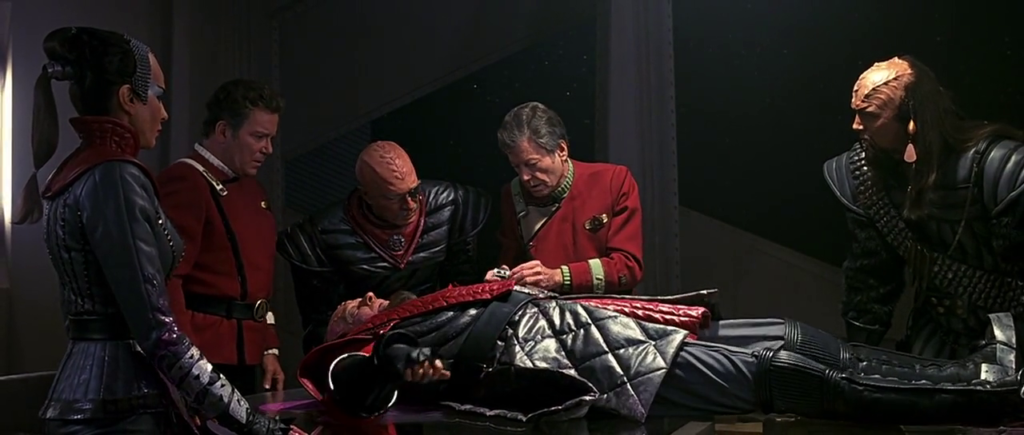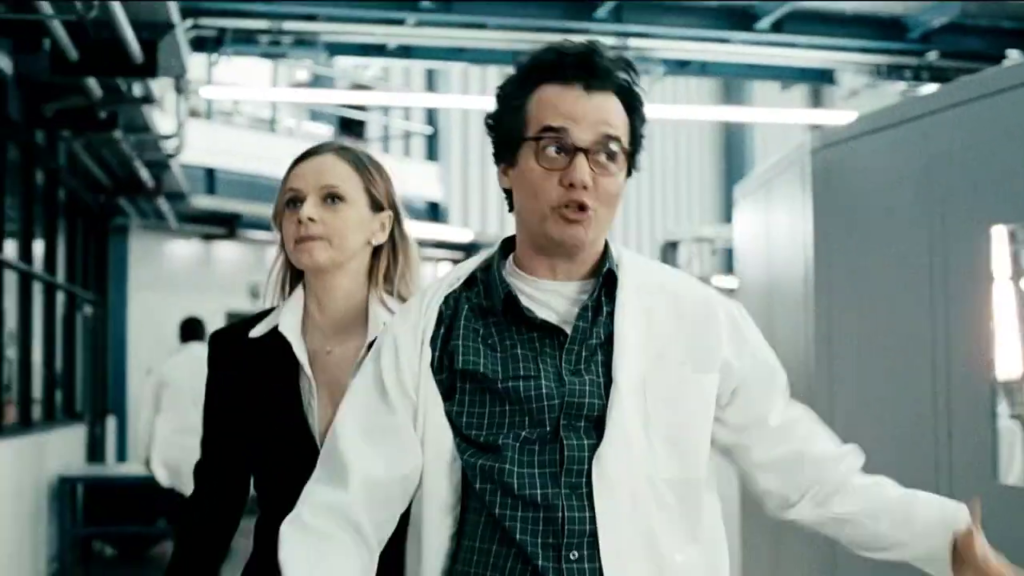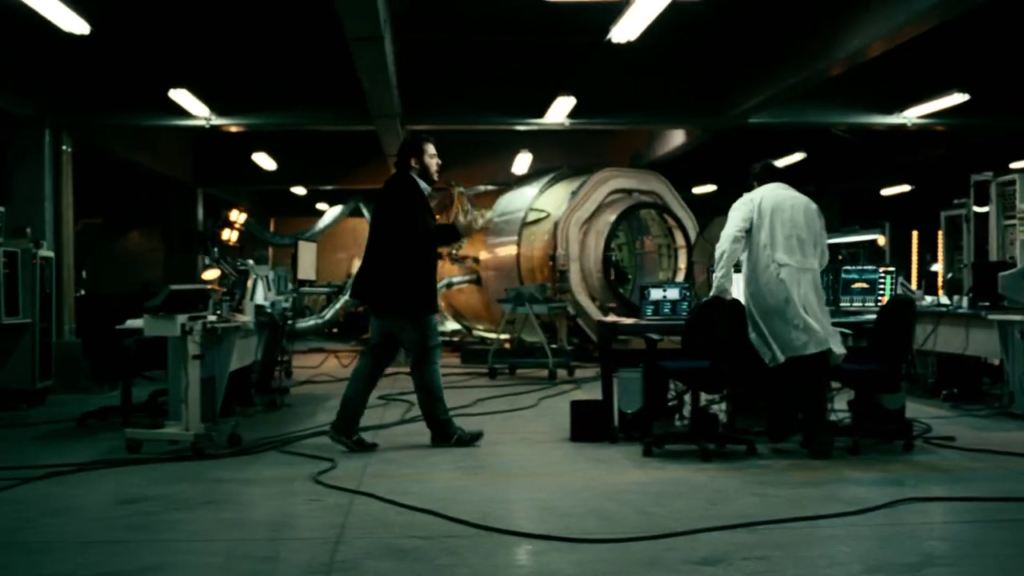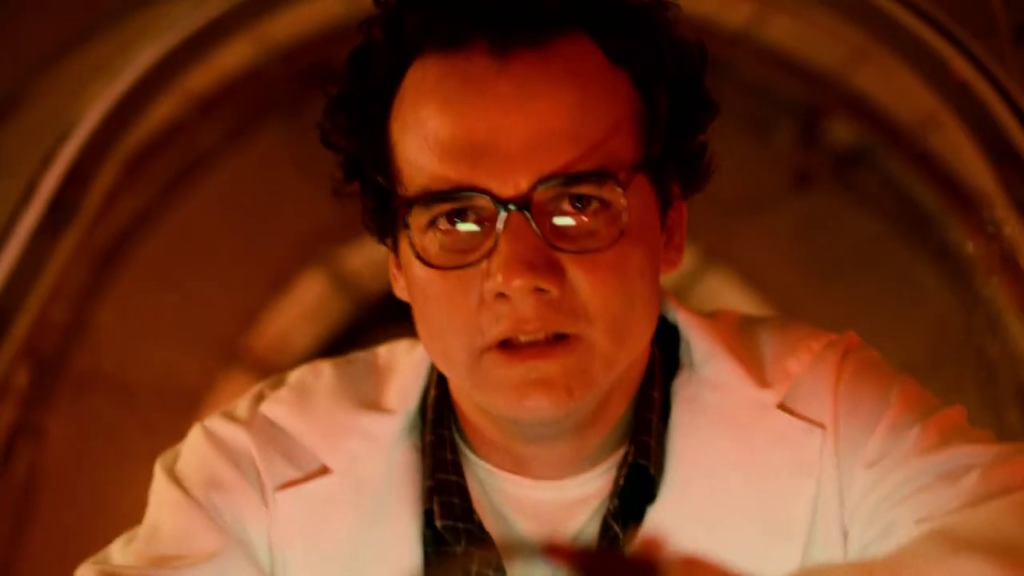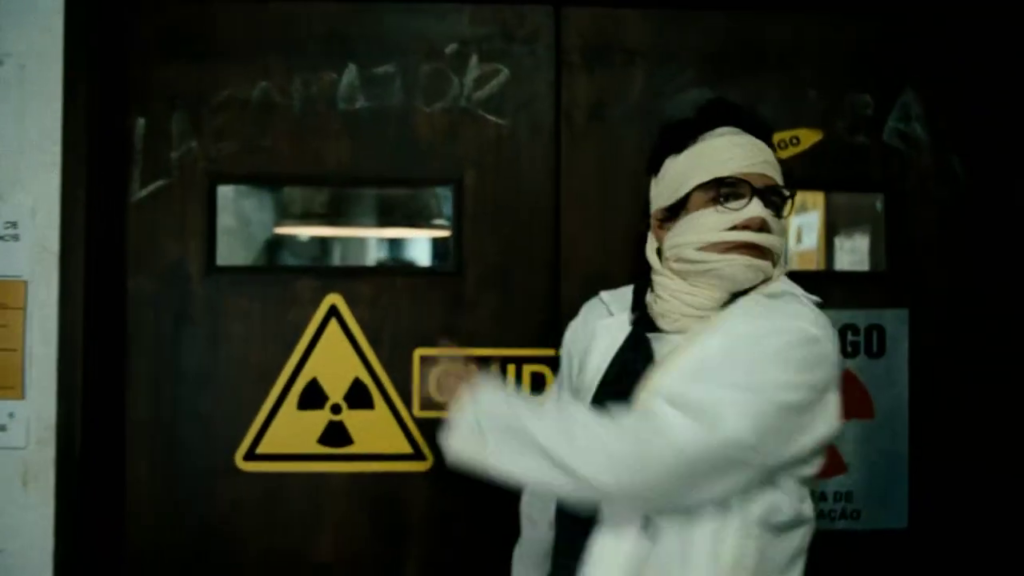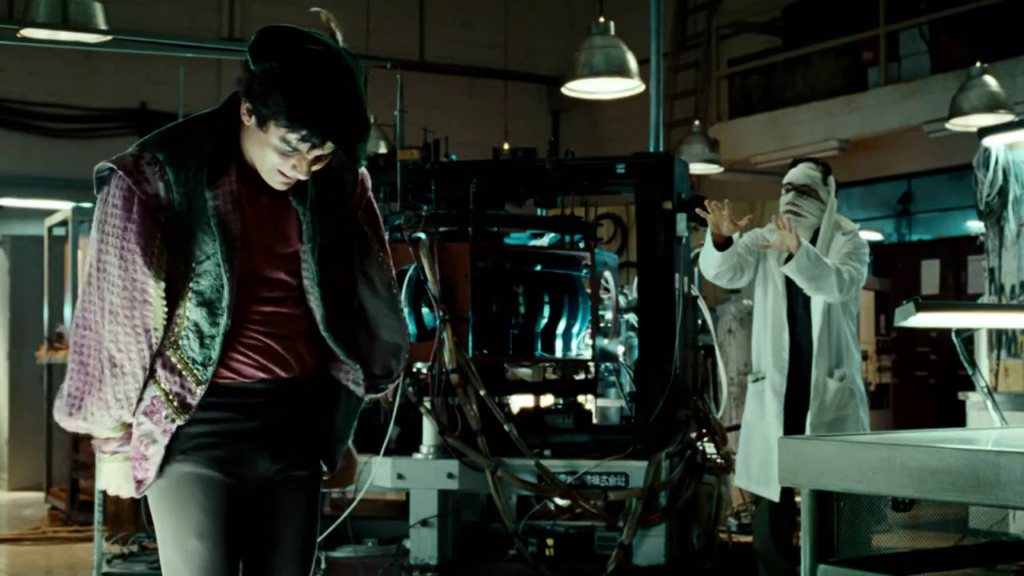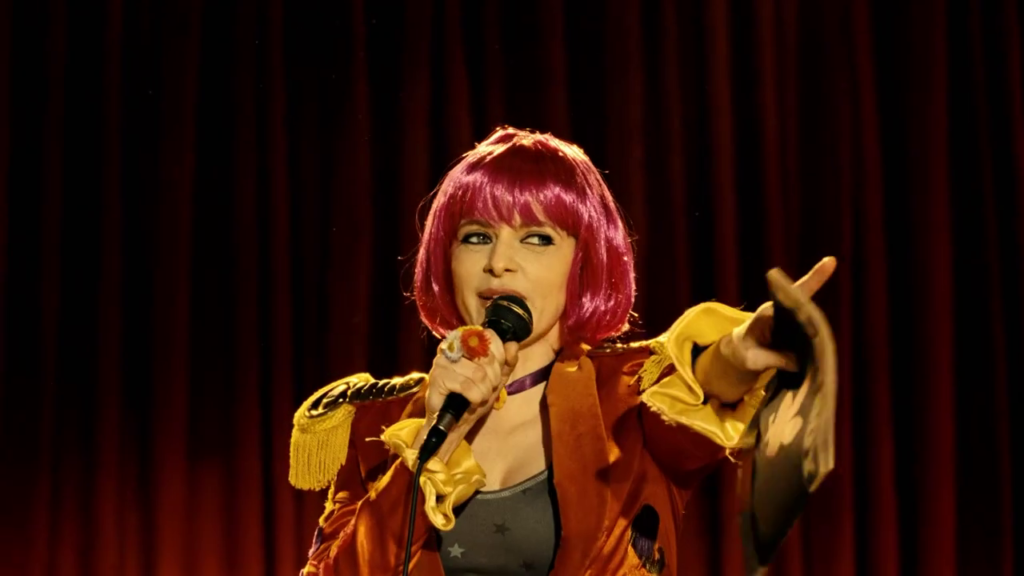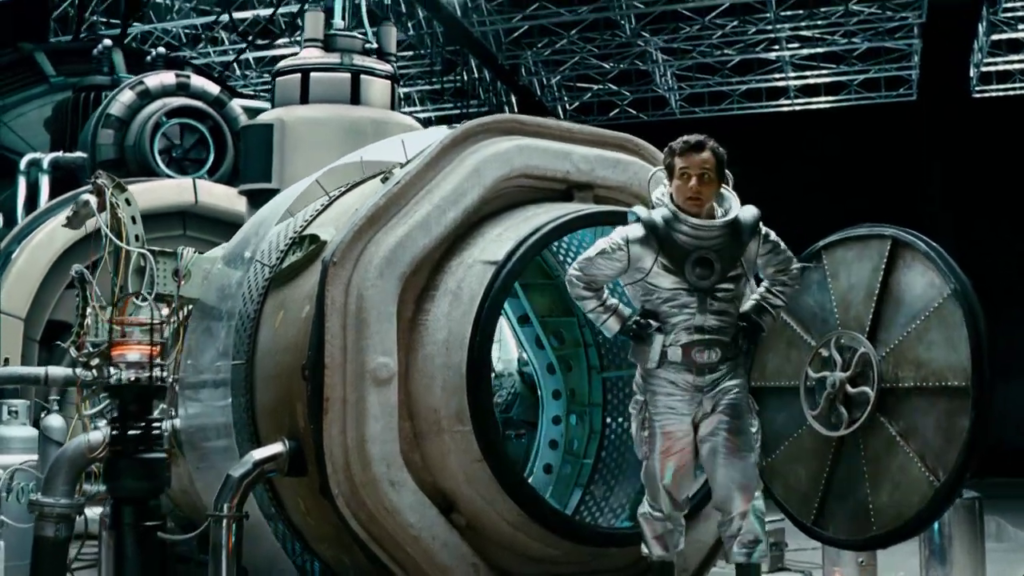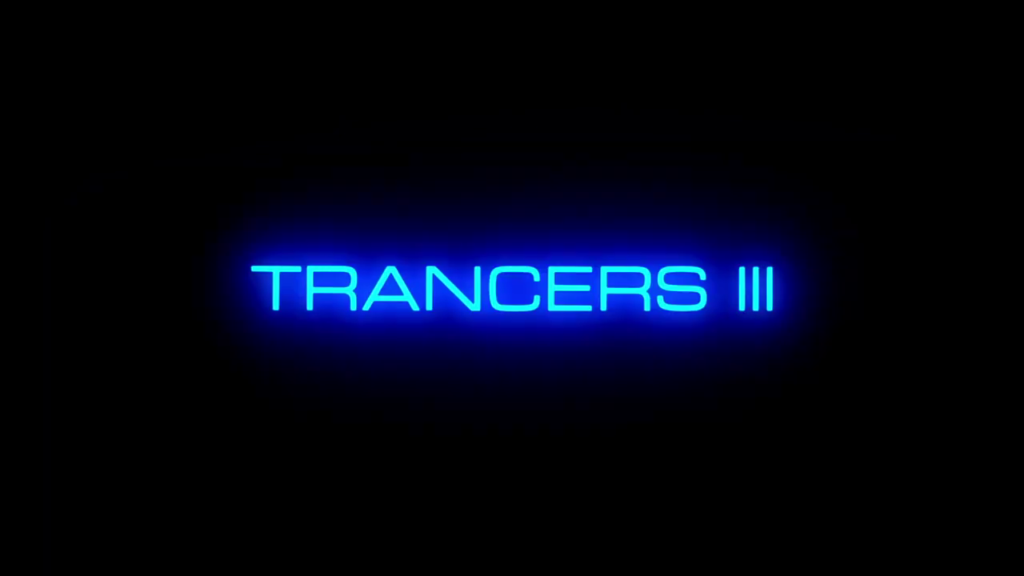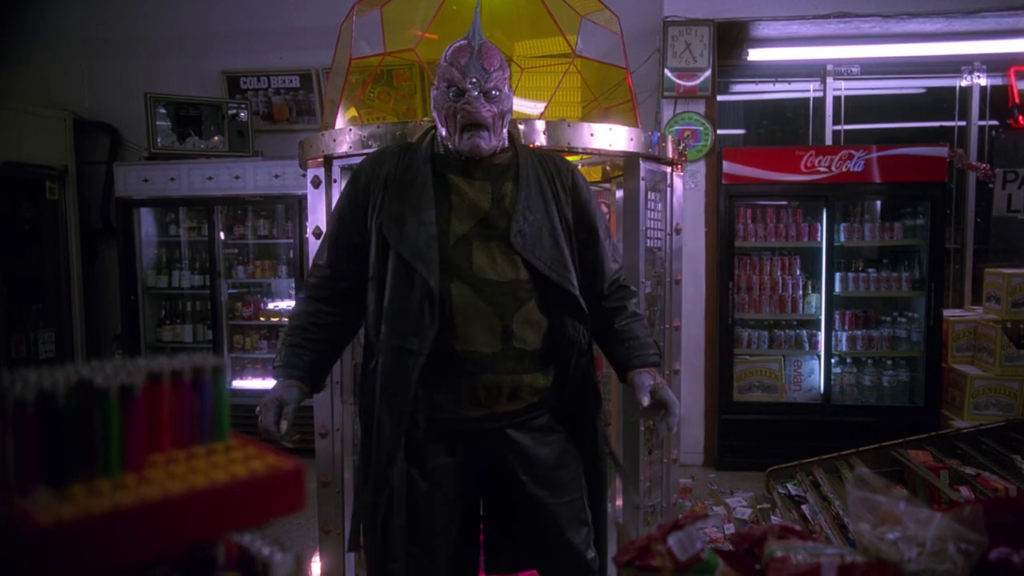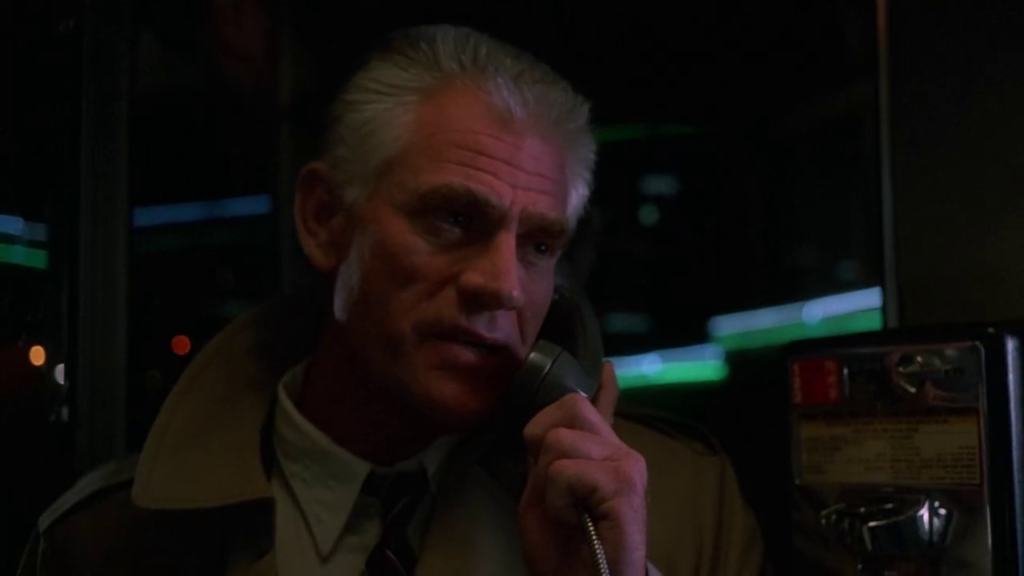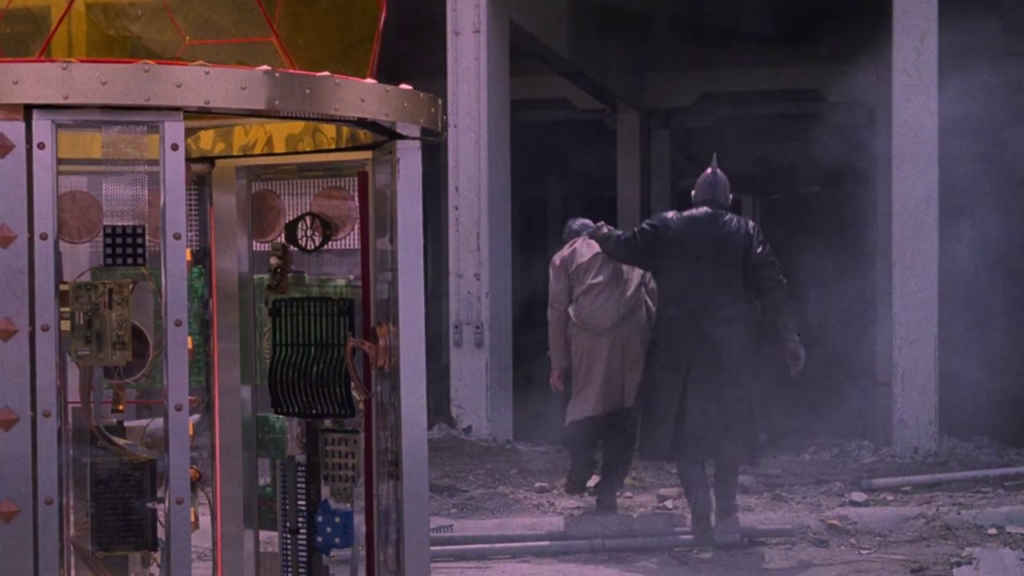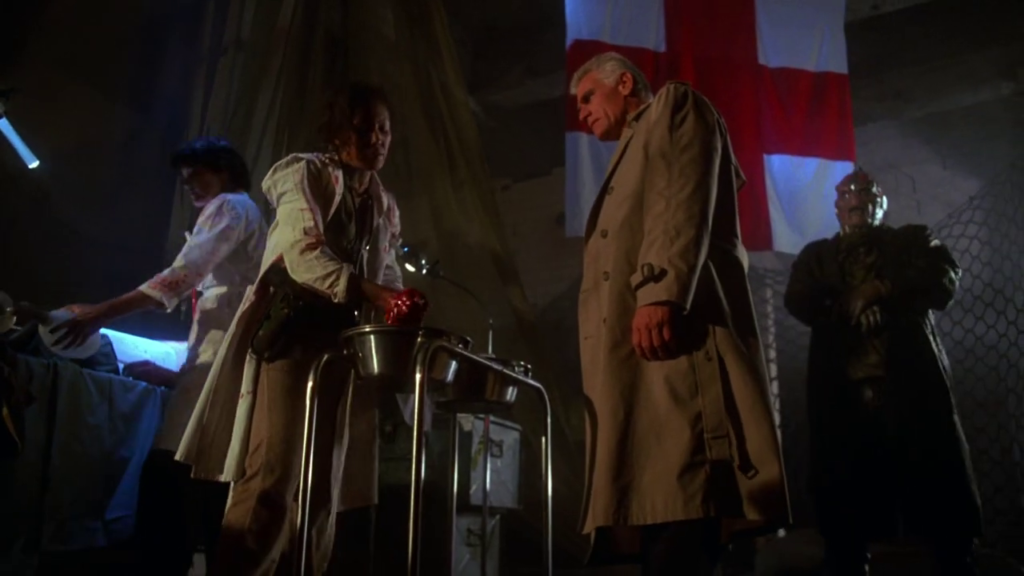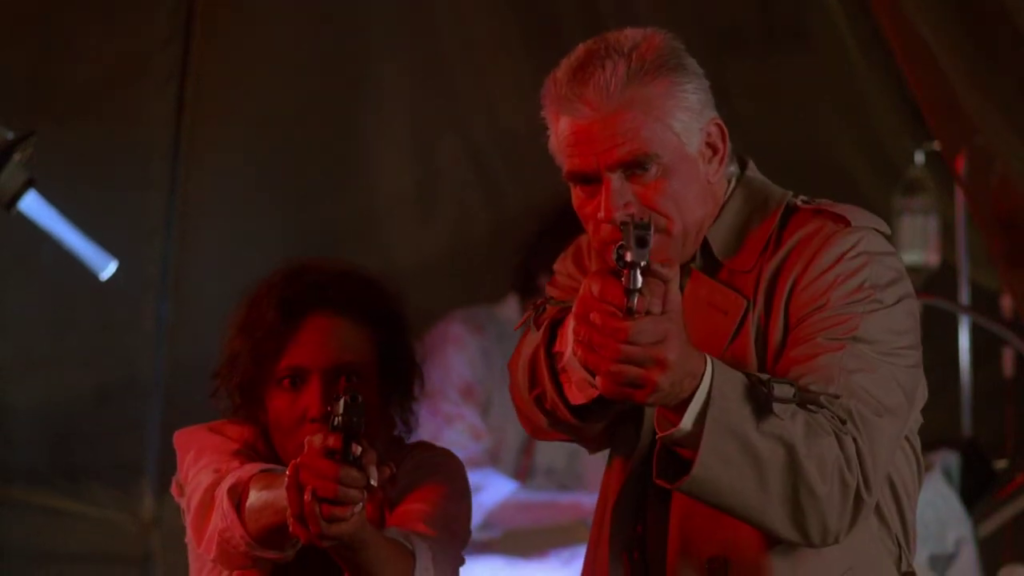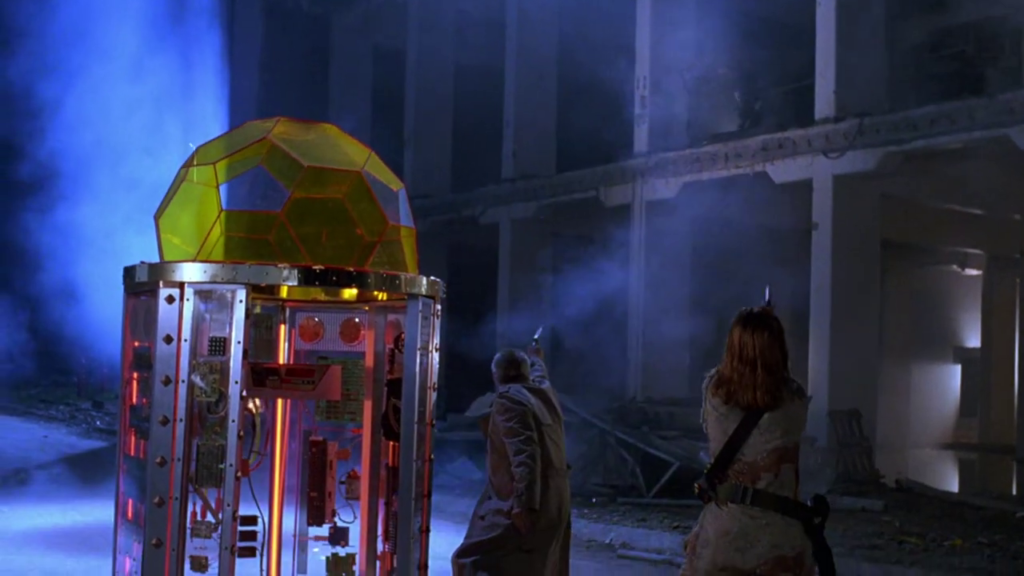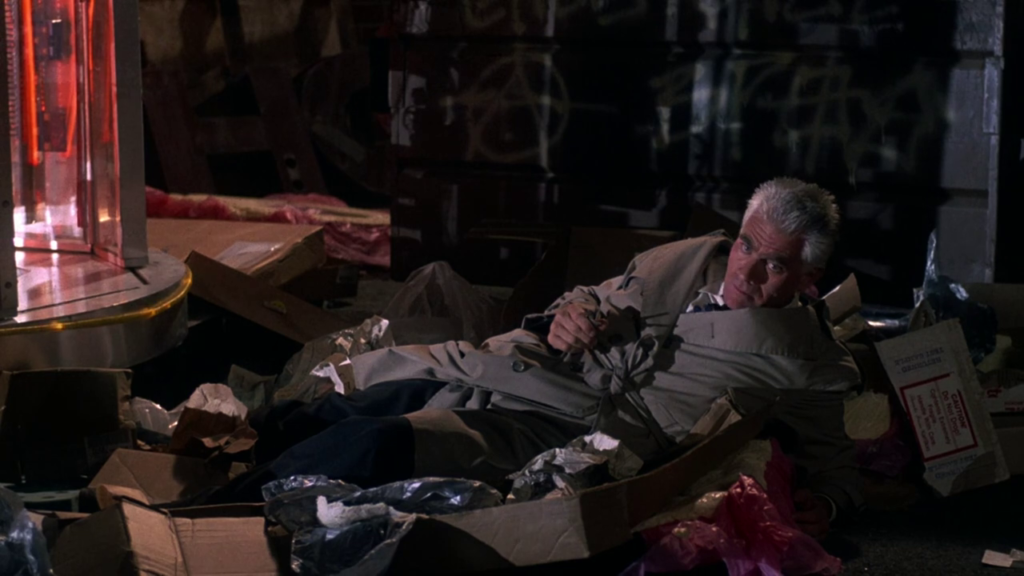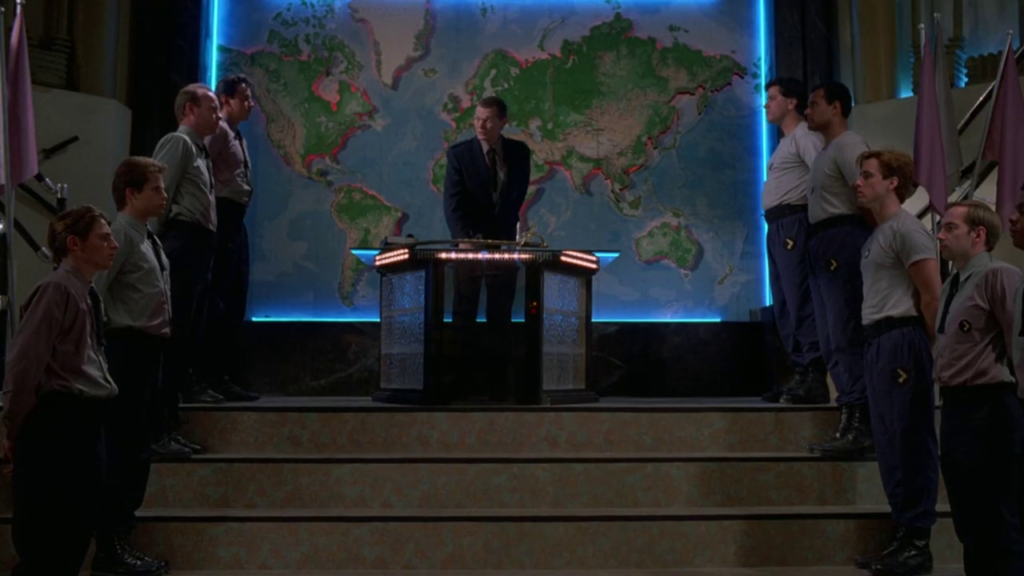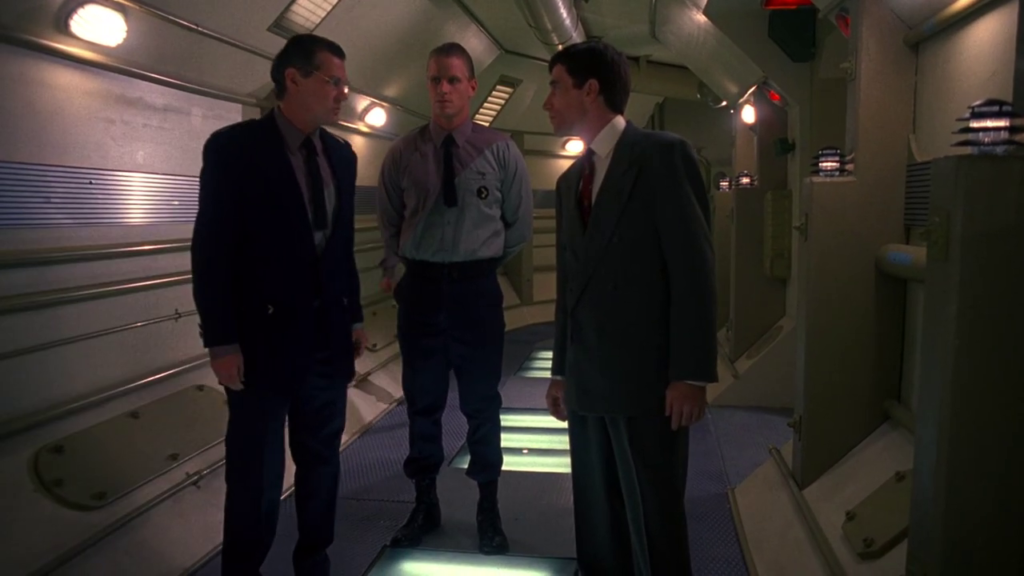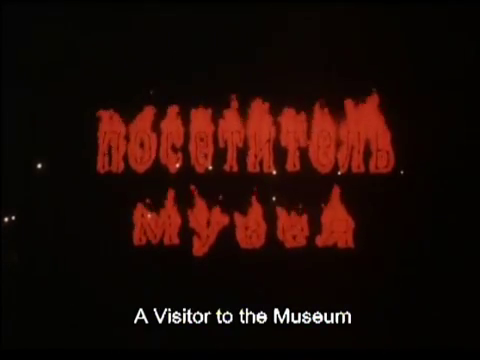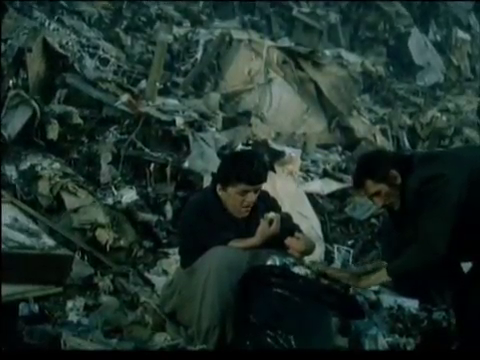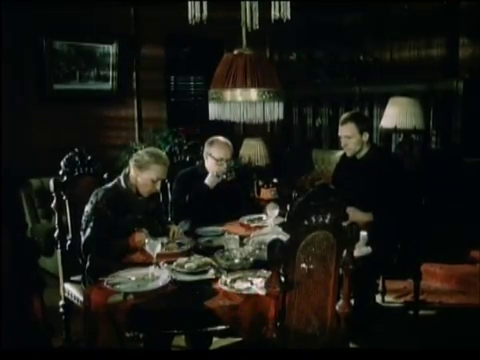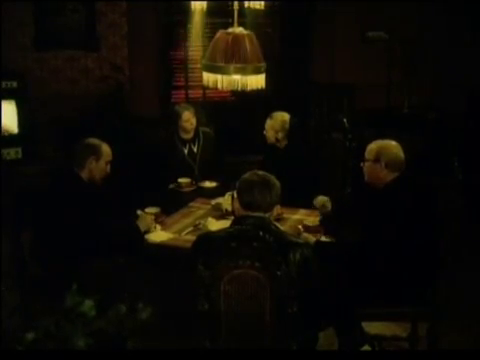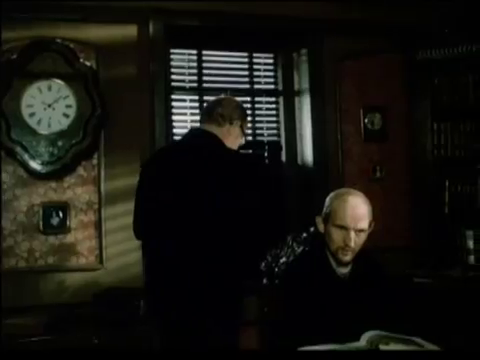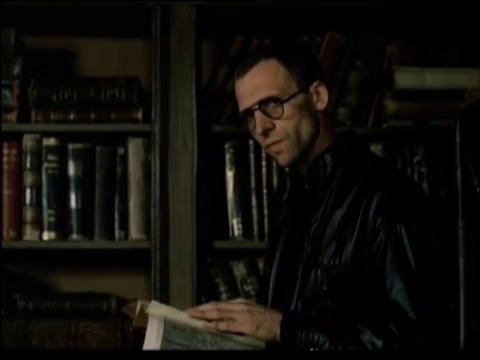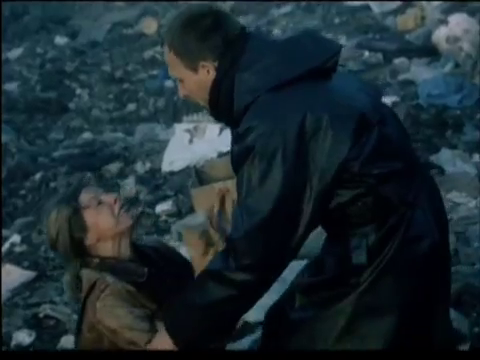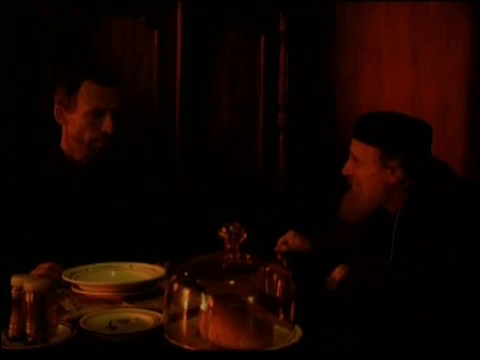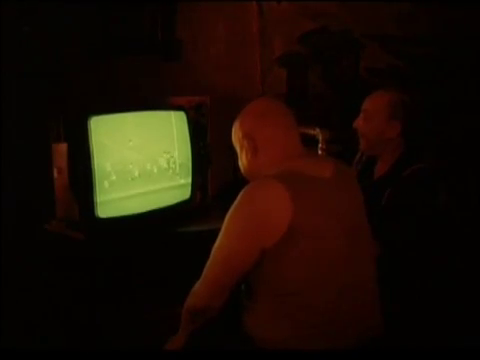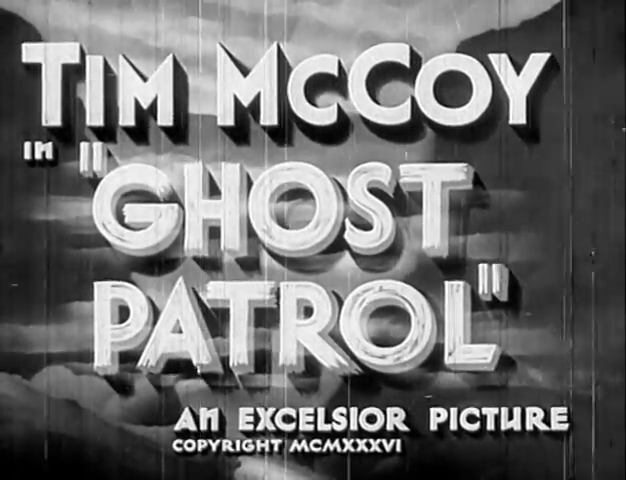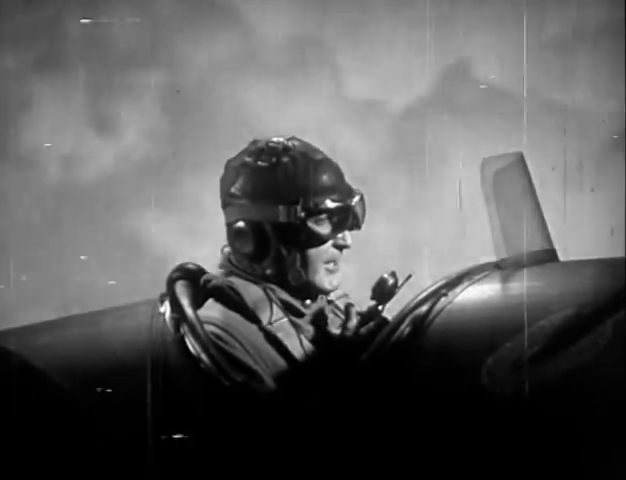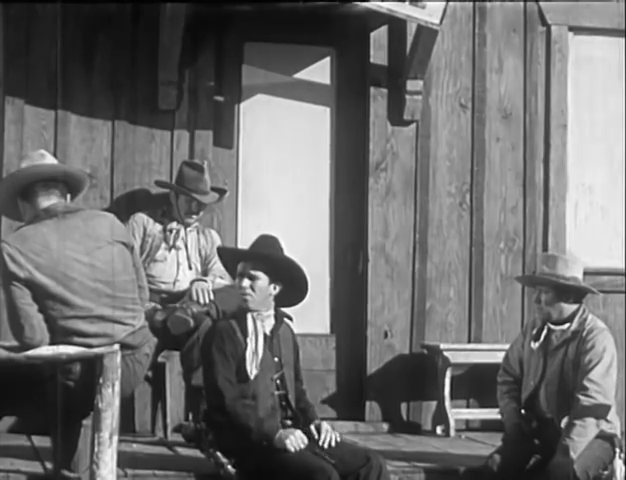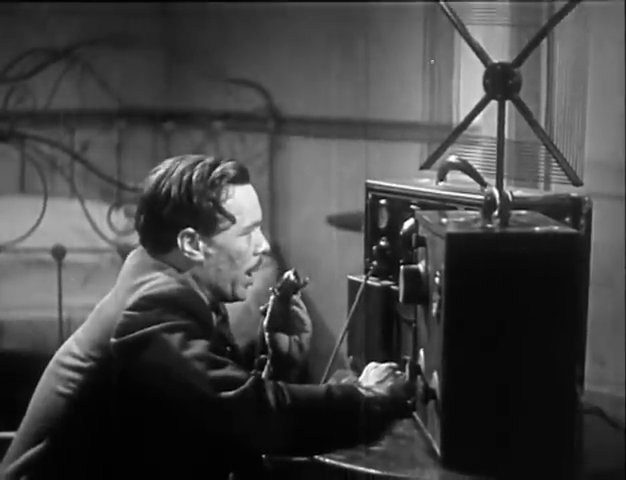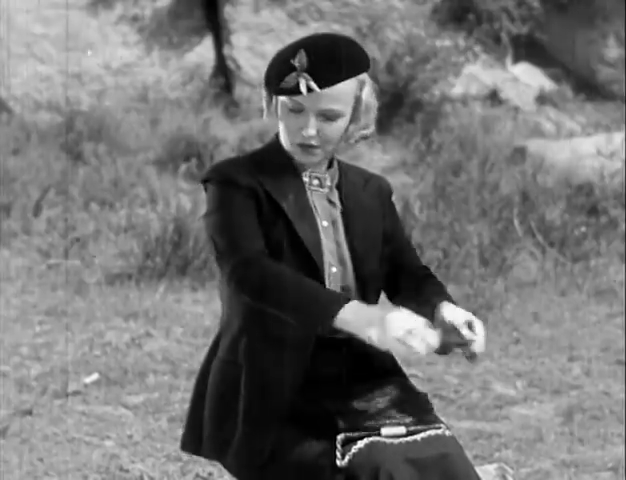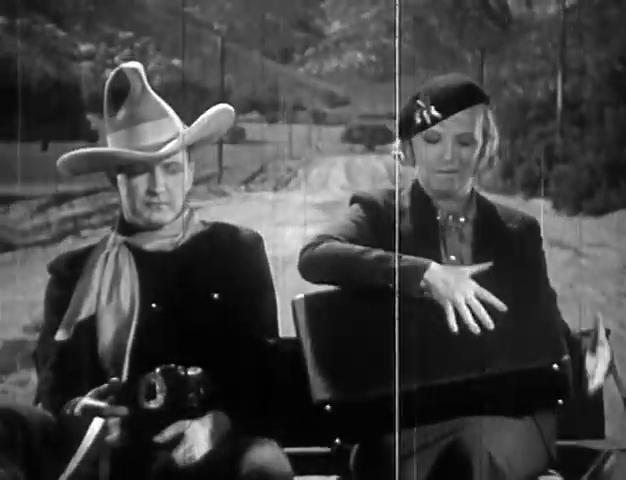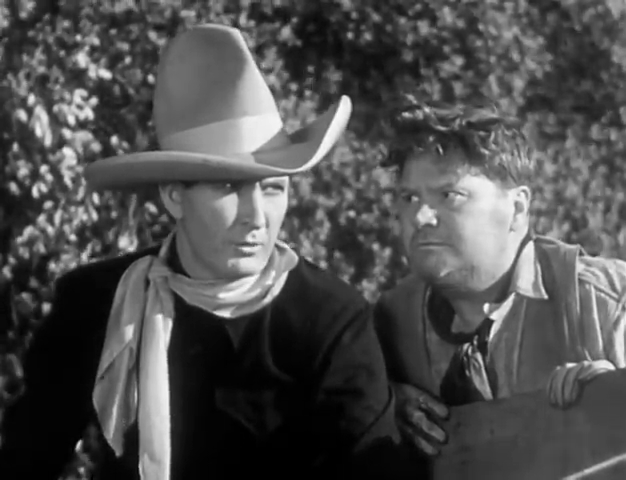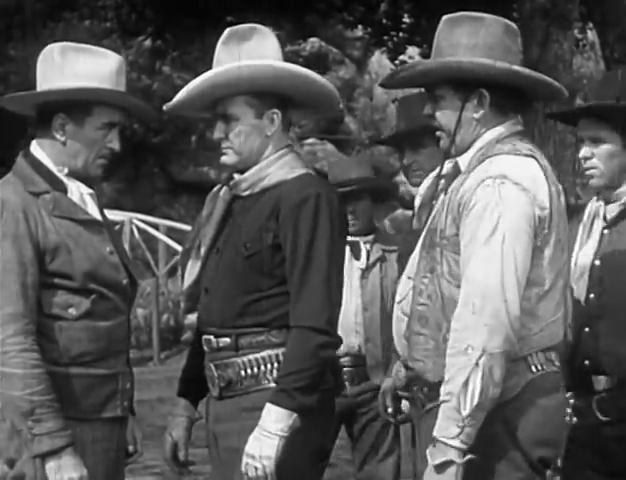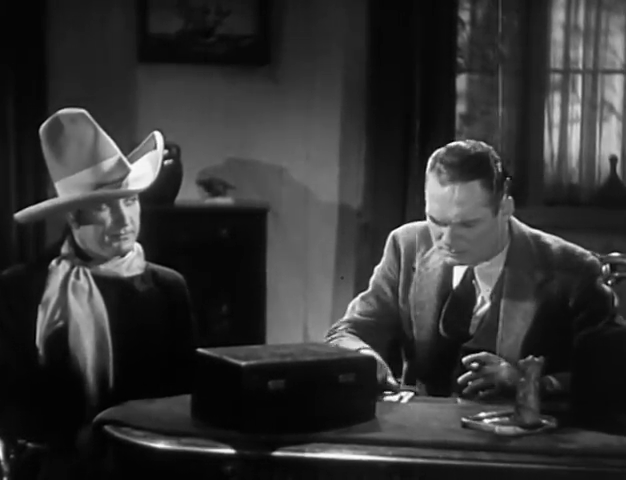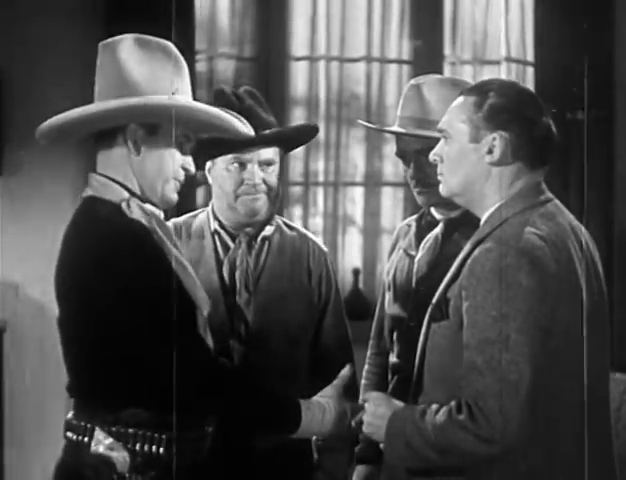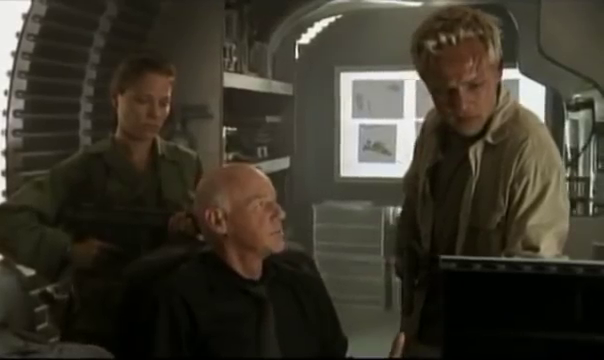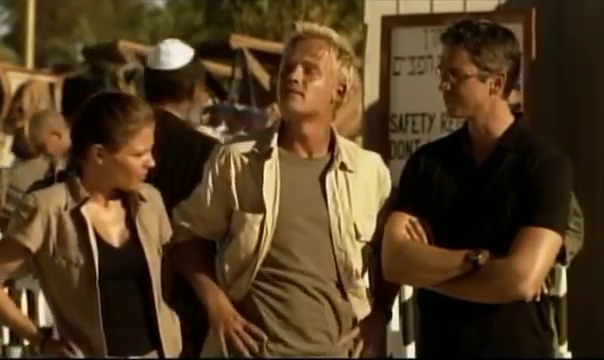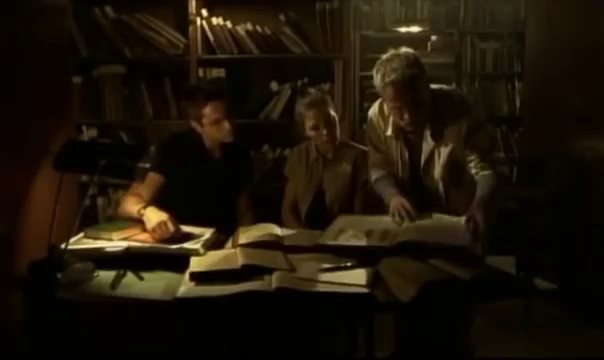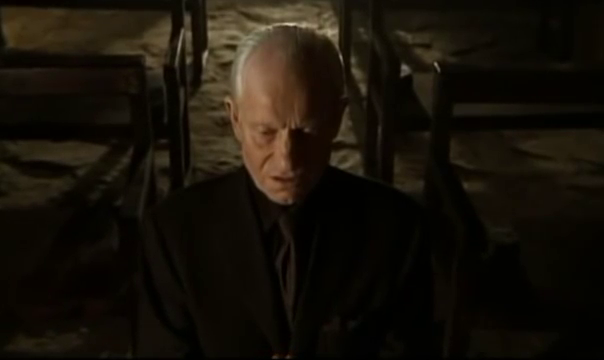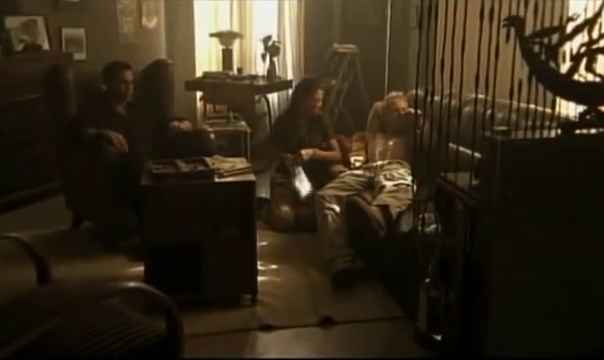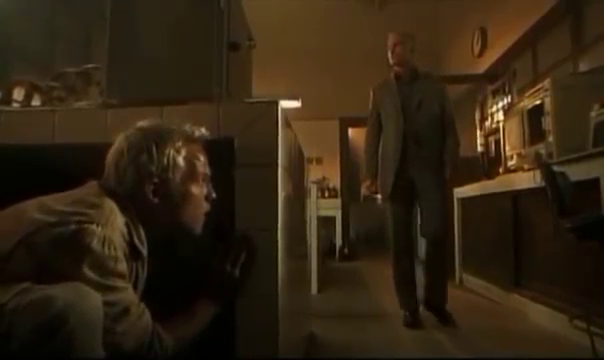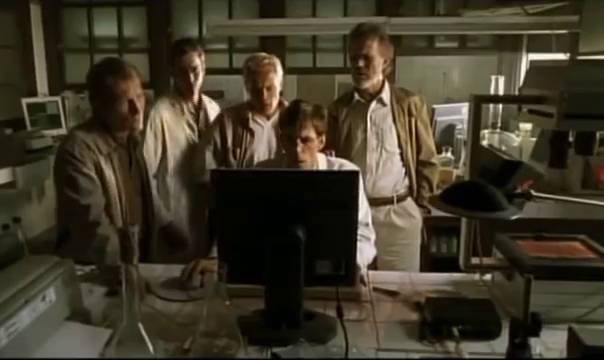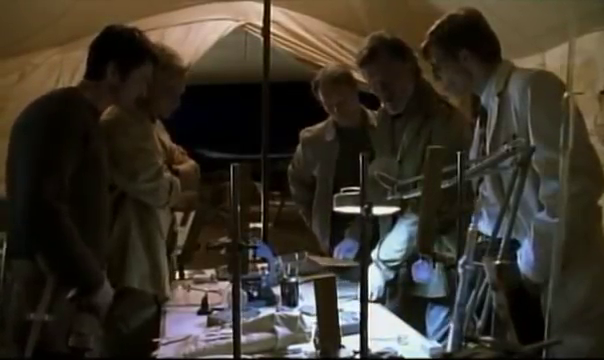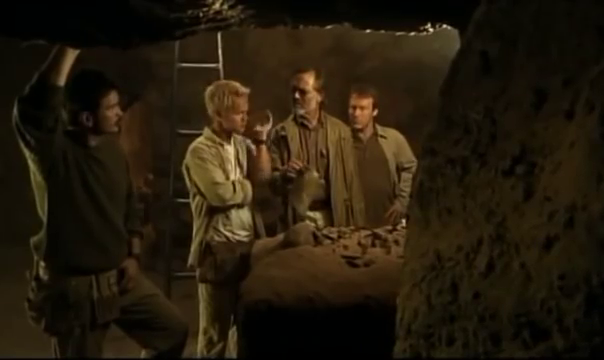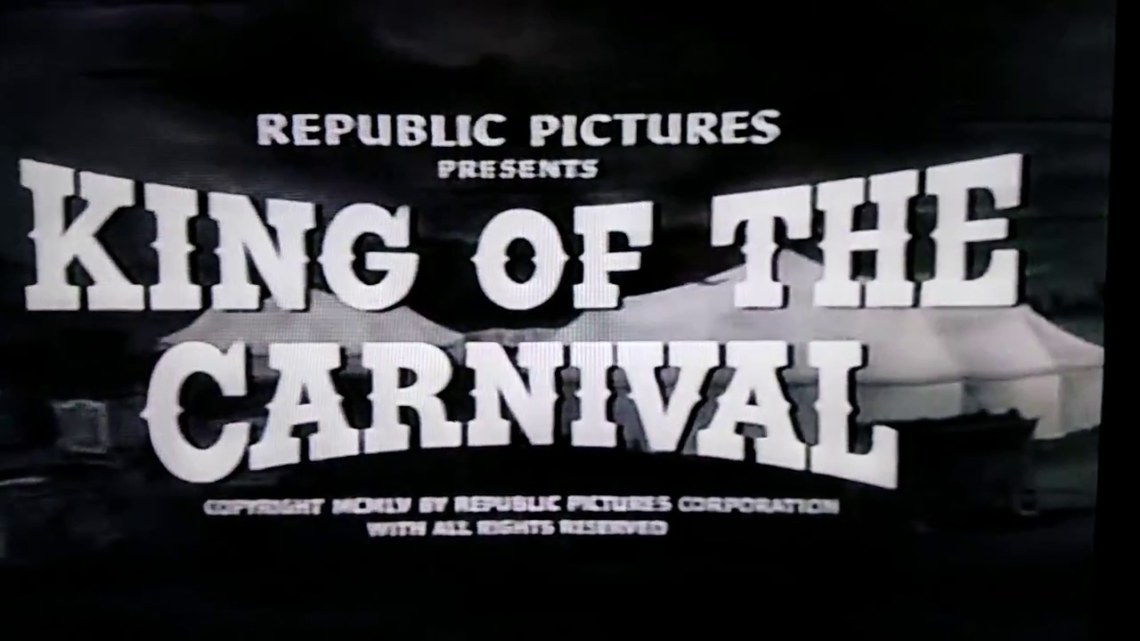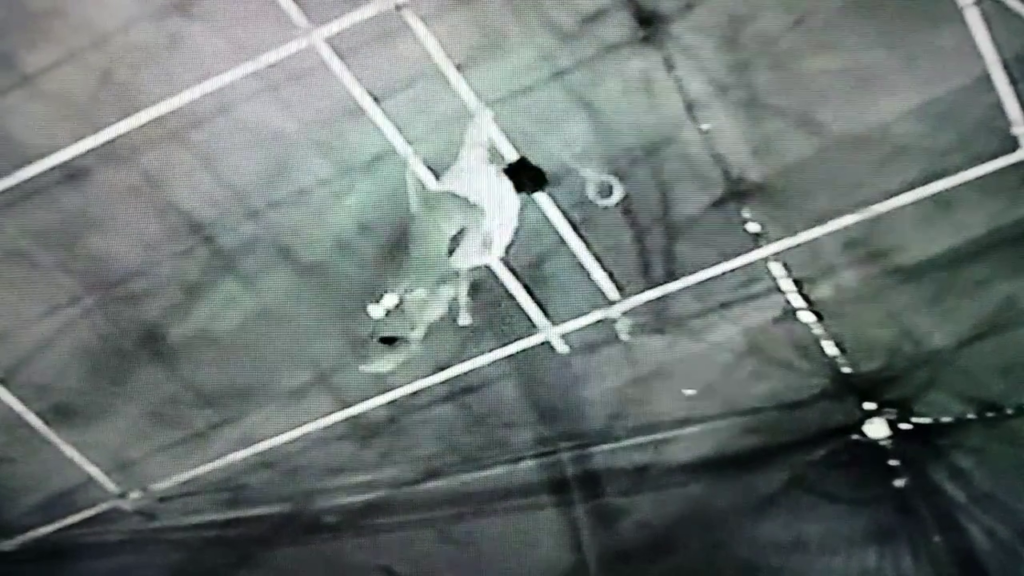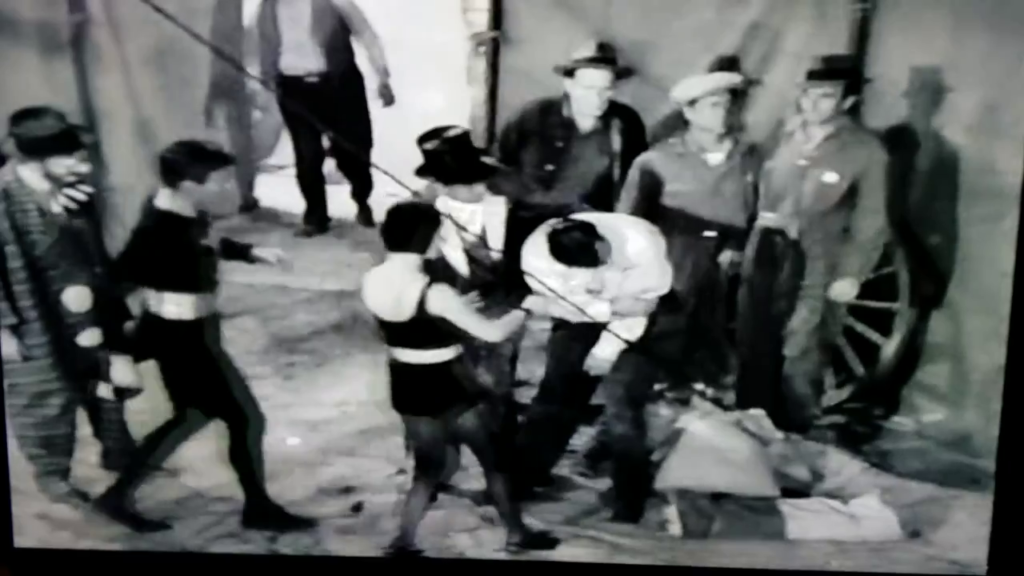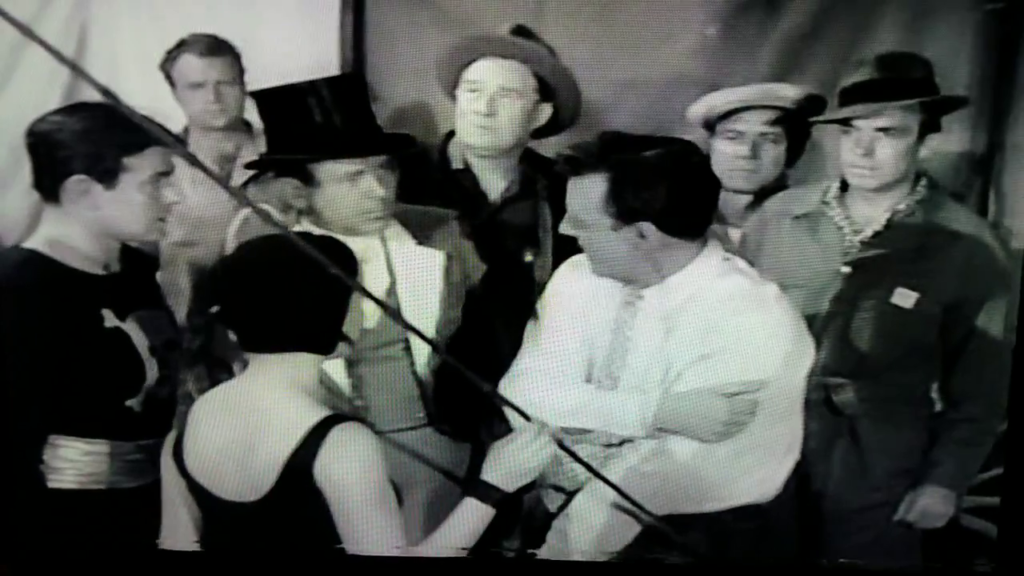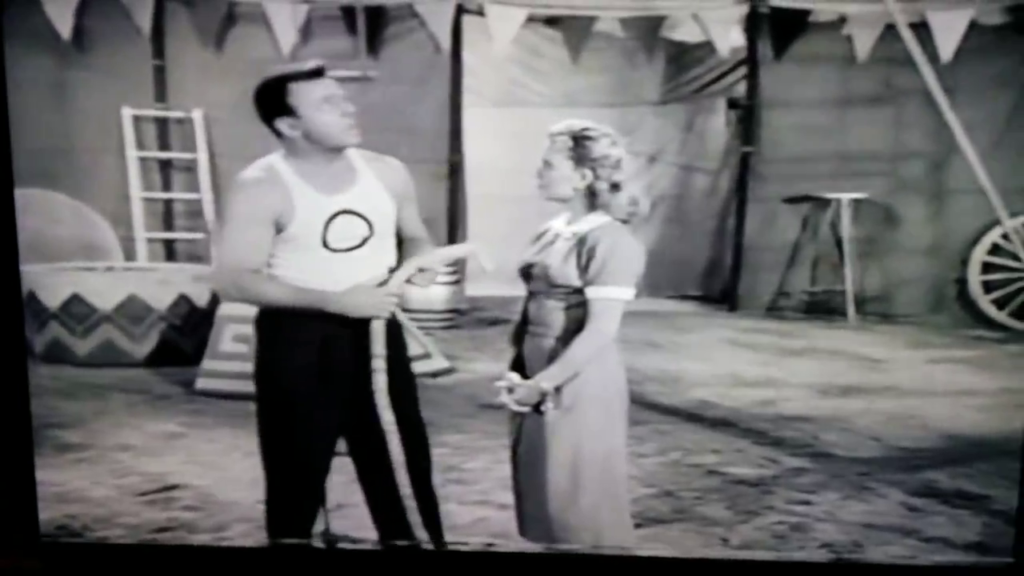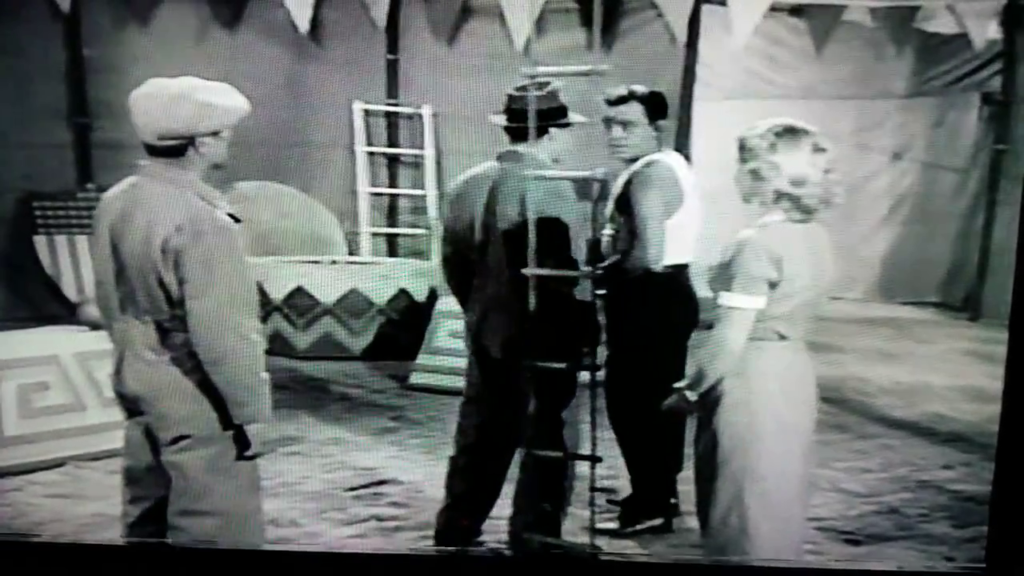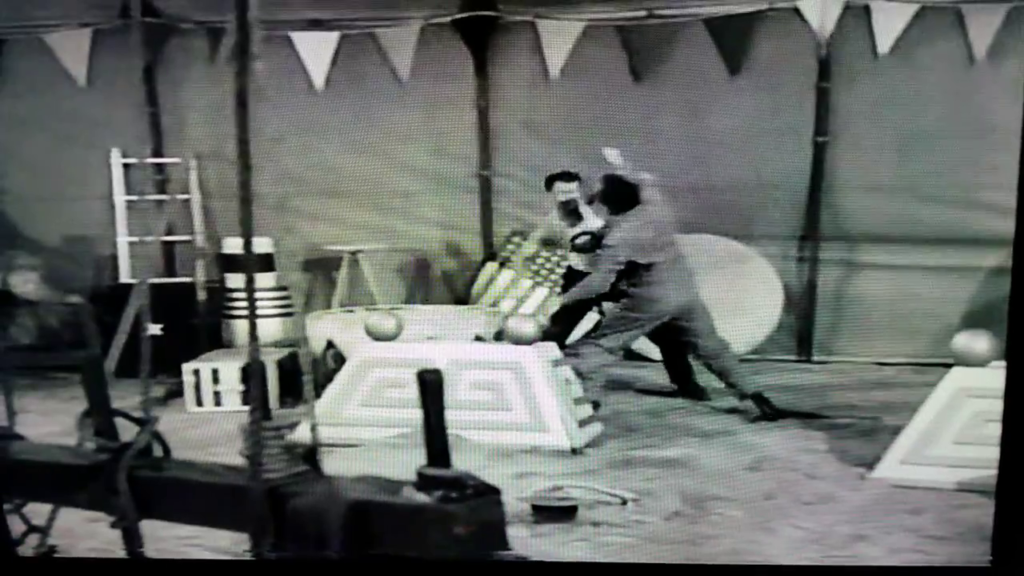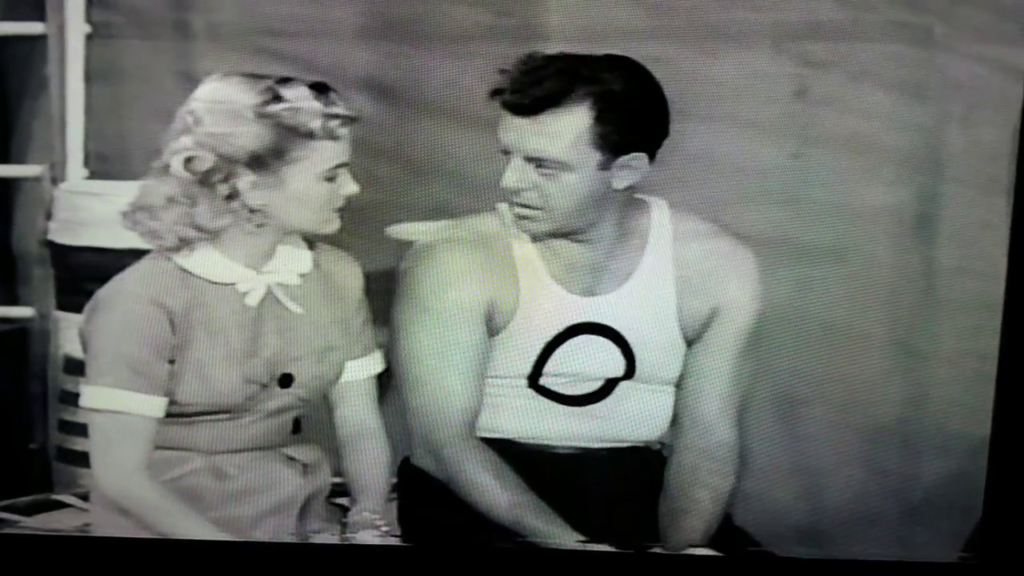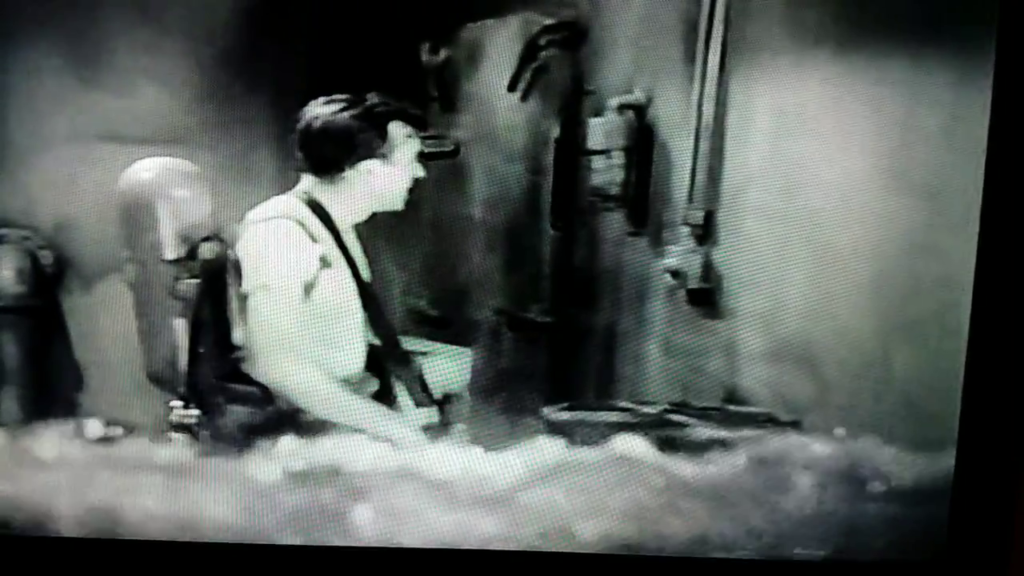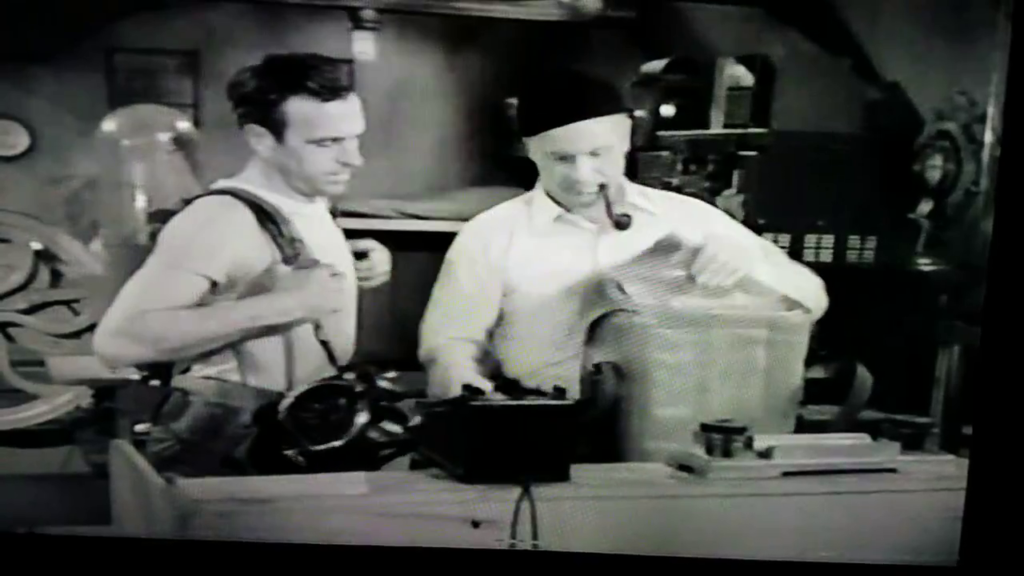-
#480 – Hard to be a God (2013)
Hard to be a God (2013)
Film review #480
Director: Aleksei German
SYNOPSIS: On another planet, the civilisation there is undergoing a period of time similar to the Earth’s Middle Ages. However, this civilisation has not undergone a Renaissance period, and those intellectuals, scholars and artists that would bring it about are mercilessly hunted down by the Order, who rule over the people. A group of Earth’s scientists are sent to the city of Arkanar on the planet to observe how this civilisation develops, with orders to not interfere with the society and to keep their mission secret.
THOUGHTS/ANALYSIS: Hard to be a God is a 2013 Russian sci-fi epic, based on the 1964 novel of the same name. The film centres around the city of Arkanar on an alien planet, where a Middle Ages civilisation is diverging from Earth’s history, and any attempts at a Renaissance-era is being snuffed out by the ruling Order, which is arresting scholars, intellectuals and artists that may bring this new era about. A group of scientists from Earth are sent to observe this society with orders not to interfere or kill anyone (very Star Trek prime directive, although the original novel came out a year or two before the original TV series). One scientist has taken the guise of Don Rumata, who claims to be the son of a local God, and smuggles the intellectuals that the Order are hunting safely out of the city. The story of the film is…a bit difficult to follow, but at the same time, there isn’t too much to follow. There’s the elements of the Earth scientists, which doesn’t really influence the plot; partly by design, as they are not allowed to interfere. Also the setting of the medieval town itself does not lend itself to a cohesive narrative, with swathes of people just trying to survive amid the filth and fear they are living through, gives the film little direction. This again, however, is by design, as the film really hinges on being able to portray the mess of medieval society, unguided by the scholars and artists. The film definitely echoes the old Soviet Union epics, particularly Tarkovsky’s Andrei Rublev, also filmed in black and white. At nearly three hours, it is definitely an endurance piece, and without that direction that a definite story would typically give a film, the viewer becomes increasingly pulled into the mire of this society, which is obviously the film’s objective. It’s definitely not for everyone, but the film clearly has a very specific ambition and vision, and for the most part, it fulfils said vision with notice effort being poured into all aspects of it.
What makes this film stand out is how the setting is brought to life: this medieval city is absolutely covered in filth and dirt: the people wade through mud everywhere they go, their faces smeared with dirt and blood, and an absurd amount of corpses and entrails hang from the ceilings and adorn the sides of the pathways. Every shot feels like it is considered and thought through: the shot is often obscured with detritus, or extras moving across the camera, constantly giving the impression of everything being claustrophobic, and it being impossible to avoid the filth of the film. Most scenes are long single takes, which must have taken considerable effort to pull off, especially considering the aforementioned amount of extras and objects the camera moves through. The only critique I would say in this respect is that sometimes the camera moves awkwardly through the scenes, but again, given how much is going on, it’s a technical achievement that this only happens very rarely. The film isn’t particularly gory, but instead focuses on this dirt and unhygienic conditions that immerse the viewer as any everyday occurrence, rather than moments of shock and violence. There are a few particularly gory parts, such as when we see someone’s eye ripped out (from behind their head anyway), and an open chest with a still beating heart in it, but these are few and far between: the choice of the film being black and white also somewhat mutes the gore, but in these particular scenes, it becomes incredibly visceral, even without the colour.
As mentioned, the story is almost lost amidst the immersion of the visuals: there’s so much going on visually and viscerally that following what the characters are saying and doing is very much a secondary concern. There’s no traditional sci-fi metaphor or influence either, other than we are told these scientists came from Earth on an observation mission. I suppose elaborating on these elements would detract from the vision of the film becoming immersed in this society. Reviews on this film typically praise the vision and ambition of the film’s production, but is much more divisive with regards to how it tells its story, and also how it portrays the Middle Ages; which certainly wasn’t devoid of scholars, art and beauty, but also definitely wasn’t the easiest of time to live through. I would generally agree with the consensus: that Hard to be a God is a film that aims to immerse its viewers into a dark, filthy and harsh world, and succeeds in doing so. Whether that is enough to immerse all viewers with a minimal story that is difficult to follow sometimes is another matter, but I think it succeeds in doing what it set out to do. If you like your epic art films, you’ll get something out of it; if you don’t, you might not last the whole three hours.
-
#479 – Trancers 4: Jack of Swords (1994)
Trancers 4: Jack of Swords (1994)
Film review #479
Director: David Nutter
SYNOPSIS: Jack Deth, an agent of the council, is travelling through time in order to wipe out temporal anomalies, after he eliminated the trancer threat. However, an accident while travelling through time leads to Jack travelling to an alternate dimension, where the trancers are terrorising the people of the land and feeding on their energy. Once again, Jack finds he has to deal with the trancer threat…
THOUGHTS/ANALYSIS: Trancers 4: Jack of Swords is a 1994 sci-fi film, and the fourth film in the Trancers franchise. On opening, we see Jack Deth, the protagonist of the franchise, working with the ruling council after eliminating the trancer threat in the previous film, and now travels through time to preserve temporal order. On his way through time for his next mission however, an incident in the time machine causes him to instead land in an alternative dimension or parallel universe (it’s not really explained) where trancers are again terrorising people: this time a medieval kingdom, and Jack must once again deal with them. The Trancers franchise is – as I have said in previous film reviews – a fairly low budget affair that you don’t need to take too seriously, drawing influence from franchises like Terminator and Blade Runner, but never having the polish or just general quality they do, alongside not providing something original that sets it apart. The premise of travelling back in time to inhabit the bodies of your ancestors is a cool premise, but hasn’t really been explored since the first film, with the films falling into very generic action films and away from the cool sci-fi noir it set out with.
With that in mind, let’s look at where Trancers 4 has taken us: while the film begins with it’s typical sci-fi setting, the majority of the story takes place in this alternative dimension with a medieval fantasy setting. This is obviously quite a departure for the series, and it doesn’t suit it at all. The plot is basically a Robin Hood type affair, with Jack Deth working alongside the “tunnel rats” peasants of the kingdom who are rebelling against the lord of the land, who is a trancer…but also a vampire? Since Deth destroyed all the trancers in the previous film, why they’re now showing up in parallel universes feeding on people’s life energy like vampires is never explained and simply makes no sense. This really is a departure for the series, and it is quite odd that it took this direction; although I feel like the series has been running out of ideas since the first one, so just throwing Jack Deth into an unrelated medieval fantasy is one way to solve that problem, rather than building on what has already been established I suppose. The story itself is a typical “fish out of water” affair with Deth coming to terms with the world he has found himself in, and the locals being amazed at his technology and the like. It goes exactly like you would expect, except you would never expect the series to go in this direction.
None of the previous characters return from the previous films apart from Jack Deth, which again shows just how unrelated and disjointed the series has become. Deth himself, Still played by Tim Thomerson, is the same odd mix of action hero, noir detective, and quirky rebel: he’s equally likely to swear and get serious as he is to make a quick one-liner. In one sense, his character is all over the place, partly due to the fact he is an amalgamation of tropes and characters from other (better) films. Alternatively, this unpredictability is strangely endearing, as you never know just how he is going to handle a situation, so you just have to keep watching. Deth is obviously not a great person: he keeps getting his partner’s killed, he is rude to everyone, and is constantly trying to seduce women that are way younger than him. Thomerson does, however, do a good job of making the character flawed, but likeable. The rest of the characters aren’t of any particular consequence, and they are barely worth a mention as they fill out very typical and predictable roles.
The production and design are very much a mixed bag: some of the futuristic props are nice, but the sets in the future seem to just be empty warehouses with no sense of place. The setting of the fantasy parallel universe world looks as you would expect, and offers few surprises. The action scenes aren’t amazingly choreographed, and filled with stock sound effects that are just thrown in without any mixing or editing. Trancers 4 is a strange turn in a series that is already full of strangeness: the story and setting is very typical, and doesn’t fit in with the franchise, and doesn’t add much to it. The character of Jack Deth is still this weirdly interesting centre of attention that is entertaining enough, but everything that surrounds him just is not of interest.
-
#478 – James Batman (1966)
James Batman (1966)
Director: Artèmio Marquez
Film review #478
SYNOPSIS: The evil CLAW organisation is threatening to destroy the nations of Europe and Asia unless they submit to the “red government.” With hope dwindling, the combined nations call upon two of the world’s greatest heroes to hep them out…James Bond and Batman.
THOUGHTS/ANALYSIS: James Batman is a 1966 superhero crossover film from the Philippines featuring James Bond and Batman. It will not surprise you to know that this crossover was unlicensed, and the characters were used without permission. The film opens up with a convening of nations (I guess meant to be the United Nations), where the countries of Europe and Asia are explaining that the evil CLAW organisation has given them five days to submit to the “red government” or be destroyed. A member of CLAW turns up to terrorise the meeting, sending panic through the nations of the world. In response, the only option seems to be to call upon two of the world’s greatest heroes: James Bond and Batman. This unlikely duo must learn to work together to defeat CLAW and save the world. The plot of the film is fairly straightforward and just revolves around James Bond and Batman (and Robin) saving the world, like you’d expect really. It is probably obvious that the makers of the film did not have the rights or licence to use the Batman or James Bond characters, but back in the pre-internet times, people could get away with making these films and even releasing them in cinemas without the licence holders ever knowing about them, leading to quite a few of these type of films being made far way from Hollywood’s purview. The film is basically a comedy/satire, as it presents the titular heroes as buffoons, and emulates many elements of the 60’s Batman series. The climax of the film does take quite a dramatic and serious tone though, as the villain’s daughter pleads with him not to basically destroy the world. As mentioned, the story is pretty straightforward and essentially moves between James Bond and Batman getting into various hijinks, and overall the film holds itself together fairly well: the characters have their own arcs, the action and comedy are well paced, and even though it is obviously a cheap production copying other material, it does make some effort to replicate this material somewhat faithfully.
Obviously the main selling point of the film James Batman is the cross-over between the two main characters James Bond and Batman. As mentioned, the film is mostly comedic in tone, and their characters mostly act as buffoons for comedic effect. Batman and Robin work well together, as Robin winds-up Batman and Batman reprimands him with some slapstick violence. Apart from the personalities, they are represented surprisingly accurately, with the costumes, bat cave, and batmobile making appearances. James Bond is similarly portrayed, but his original character is obviously a lot more serious than the Batman of the TV series his is based off, so the difference is more marked. He still feels like Bond though, as the film parodies certain mannerisms of his character and scenes from the films. Interestingly, 007 is only ever referred to as “James” throughout the film, surely they can’t be scared of using his full name (or codename) but okay with using every other aspect of the character. The rest of the characters aren’t too interesting, but you’re not watching the film for them, so it’s not much of an issue.
I am quite impressed with how the film is made, particularly with regards to its recreation of the main characters: Batman and Robin have outfits that resemble the ones work in the 60’s TV series fairly accurately (except Batman’s cape is striped for some reason). There’s also a very good attempt at recreating the batmobile from the same series. The film even uses the themes from the Bond films and Batman series, although it swaps them around sometimes so you’ll be hearing Batman’s theme when Bond is running around, which is pretty funny. There’s clearly a fair amount of effort and consideration that has gone into this film, and some competency with the camera work and sets. The fight scenes are pretty bad, and the punches clearly don’t hit anyone most of the time, but I think there’s a very basic sense of choreography that the actors are following. James Batman is, overall, a silly low-budget knock-off that nevertheless has a fair amount of effort and competency put into it. It’s still a bad film, but you can have a laugh and be entertained by it’s ridiculous fight scenes and bizarre concept. The acting is alright, and provides enough entertainment and action to live up to the character’s names…well, in the most ridiculous way possible.
-
#477 – Star Trek VI: The Undiscovered Country (1991)
Star Trek VI: The Undiscovered Country (1991)
Film review #477
Director: Nicholas Meyer
SYNOPSIS: Following an explosion on the Klingon moon of Praxis, the Federation and Klingon Empire move for peace talks. This sits uncomfortably with many people on both sides, including Captain Kirk himself, who still blames the Klingons for the death of his son. Kirk and the Enterprise are sent to meet the Klingon chancellor Gorkon to escort him to the peace conference, but Gorkon is assassinated, and all the evidence points to someone onboard the Enterprise is responsible. Kirk and Dr. McCoy are sentenced to hard labour, and Spock and the rest of the crew must find evidence to exonerate them and rescue their captain before full scale war breaks out between the Federation and the Klingon Empire.
THOUGHTS/ANALYSIS: Star Trek VI: The Undiscovered Country is a 1991 sci-fi film, and the sixth and final film featuring the cast of the original TV series. The film opens up with now Captain Sulu on the U.S.S. Excelsior, witnessing a huge explosion on the Klingon moon of Praxis. The moon was the source of the Klingon Empire’s power, and the resulting explosion will also deplete the Klingon homeworld’s ozone layer within the next fifty years. As a result, the Klingon’s offer peace talks with the Federation to resolve the long-standing war between the two. However, there are those on both sides who are still sceptical of any attempt of peace, including Captain Kirk, who still blames the Klingons for the death of his son. Spock volunteers Kirk to meet Klingon Chancellor Gorkon in the neutral zone, and escort him to peace talks on Earth, but Kirk is still less than pleased about the whole situation. The film has a pretty solid story, and it’s theme is explored through both the setting and the characters rather well. The story is obviously rooted in the time of the end of the cold war, and the uncertainty of the future now that these opposing sides are no longer enemies. Like much sci-fi, it’s reflection of contemporary affairs in the future allows the possibility to explore these affairs without being chained to “real” people or places. The story gets underway quite fast, and the crew are out of spacedock in about twenty minutes, which is nice. The film on the whole does have an operatic feel, and there are many scenes of protracted and extensive dialogue, with a lot of quoting classical literature between the parties. The awkward diplomacy attempts to create a tense atmosphere between the characters, and for the most part it works, but it could certainly feel a bit overblown and meaningless to viewers who can’t follow all of these quotes. That said, there’s a fair amount of more direct action and intrigue in the story too, so there’s plenty of substance throughout the film that maintains a good sense of pacing and entertainment.
Being the final film starring the original crew, The Undiscovered Country makes an effort to give the characters a good send off and resolve any loose threads. Kirk dealing with the loss of his son and blaming the Klingons is one such thread, but one that wasn’t really mentioned in the previous two films (which were a bit more comedic in nature, so it probably didn’t fit the tone). The rest of the crew are close to retirement, and so the scene is set as this being their final mission before they hand over to a new generation: this again being reflected in the story that forces the older characters to accept a new era. There’s a solid performance all-round as the characters engage in heavy dialogue, but also some low-key funny moments that aren’t shoved in your face like in Star Trek V. Lt. Valeris as the new character is fine, but her arc doesn’t really come to a conclusion, and her motivations by the end of the film are a bit vague. The same can be said of everyone who is trying to stop the peace talks: why do they want to continue as they are? Why are they working together? That part of things doesn’t tie up quite as neatly as it needs to. General Chang as the villain is pretty cool, but the fact that he speaks most of the time in classic literature quotes can get a bit distracting. Apparently some of the actors were unhappy with their characterisations: Shatner thought Kirk was portrayed as too prejudiced, and Michelle Nichols refused to say lines that alluded to racist undertones regarding the Klingons. With Kirk, I can totally see the problem with Kirk’s character: his hatred of Klingons does come a bit out of nowhere in the sense it isn’t really brought up in the two previous films, but you can also see why he would hate them after they killed his son. The drama-heavy tone of the film I suppose necessitated exaggerating these elements, and it definitely provides a character arc that Kirk works through to the other side to provide a message of hope. Gene Roddenberry, the creator of Star Trek, apparently also did not like these prejudices, as his vision of the future that Star Trek provides is one where such prejudices have been overcome. While I think some of the prejudices and attitudes the film presents are a bit out-of-character, I don’t think they disrupt the vision that Star Trek provides, and it definitely does a good job of reflecting contemporary attitudes and how people can struggle to deal with a changing world.
This film had a tough time getting made: after the poor reception of Star Trek V, the budget for this film was slashed, as it was seen as very much a risky venture. Scripts about a prequel, a film which essentially killed off the cast, and a crossover with Kirk meeting Picard (which eventually became Star Trek Generations) were proposed, but eventually the story was developed by Leonard Nimoy and Nicholas Meyer, who wrote Star Trek II. Given the tight budget, there’s a lot of sets and scenes set aboard the ship in low-light corridors and rooms to hide the lack of detail. This isn’t too much of a bad thing, as the dramatic lighting supports the drama-heavy script. There isn’t a lot of variety in the settings due to the aforementioned budget, but it makes do. As a result of all this, it definitely feels like an episode of the TV series, with most of the action being set on a ship, the dialogue heavy scenes, and the even pacing. With this in mind, despite a number of problems, The Undiscovered Country feels distinctly Star Trek, and provides a solid final outing for the beloved ship and crew. It is a bit overblown in it’s dialogue sometimes, and the prejudices and attitudes may seem a bit over-the-top to better serve the story, but at it’s heart it has a strong message, and ends the adventures of the original crew on a high note of hope.
-
#476 – Man From the Future (2011)
Man from the Future (2011)
Film review #476
Director: Cláudio Torres
SYNOPSIS: João Henrique, nicknamed “Zero” is a renowned scientist, who is attempting to develop a new infinite source of energy. When he activates his experimental machine, he accidentally finds himself transported back in time to 1991…on the day the love of his life dumped him. Determined to change what happened that day, he goes about trying to change the events that unfolded, but his meddling turns out to have unintended consequences, and manages to complicate his life in ways he never even imagined…
THOUGHTS/ANALYSIS: Man from the Future (O Homem do Futuro) is a 2011 Brazilian sci-fi comedy/romance film. The film opens up with João “Zero” Henrique, a physicist, about to test a machine that will hopefully create an unlimited new source of energy for the planet. To prove that it is safe, he sits himself at the centre of the machine. However, something unexpected happens, and Zero wakes up in the year 1991, on the day his life changed forever: it is the graduation dance, and Zero is unceremoniously humiliated and ditched by the love of his life; an event that defines his life from that point. Desperate to change what happened, Zero goes to find his younger self and convince him to do things differently. In a very expected and familiar story, he changes events in his own past, which leads to a lot of unintended consequences that makes things a lot worse in the present. The story is obviously fairly typical for a time travel film; with going back to the past altering the future in unanticipated ways. The film is split into a typical three-act structure between going back to 1991, the altered present, and back to 1991 again, and the structure helps stop things from getting confusing. On the other hand, there’s not too much unique that the film offers by playing it so safe. The film obviously (and like most time travel films) takes some cues from Back to the Future, but Man from the Future really strays into copying in some respects; in particular, the key setting of the film being a graduate dance as the turning point in the characters lives. The mixture of sci-fi, romance and comedy feels a bit uneven at times, and it wanders a bit loosely between them as a number of issues are thrown up that never seem to be resolved. For example, there’s a side-issue about trying to prove that “love is a fundamental part of the universe” that gets mentioned, but nothing is ever really done about it.
Zero, the main character, is a bit of a flawed protagonist: his life is constantly overshadowed by being humiliated and ditched by his first love Helena at their graduation dance, and it still impacts him over twenty years later. Nevertheless, he is a professor, and has loads of funding for his research, so it’s hard to feel too sorry for him in that regard. You do see his character change as he realises his meddling in the past only made things worse, and he becomes determined to set things right, making him a more likeable character by the end. Helena as Zero’s love interest doesn’t really have too much character other than said love interest, but her acting is pretty good. It is a bit weird how she just seems to be madly in love with Zero even though we never really see how their relationship develops or how she gets to that point, and it seems like she is in love with him simply because the plot needs her to be. The rest of the characters have their own personalities and are acted well, but don’t play too much of a part in the film.
The tone of the film is often quite difficult to figure out: apart from the mix of sci-fi, romance and comedy constantly competing rather than supplementing one another, there’s also the question of who the film’s target audience is. I don’t think it is older viewers because they would have already seen Back to the Future, and would undoubtedly recognise it as derivative of it (I’m not sure how popular BttF is/was in Brazil). It can’t really be seen as a satire or parody of it either, because despite the similarities, it never does anything to undermine the premises and tropes of time travel films, but rather just copies them. I’m not sure the main character being in their forties really appeals to a younger demographic either, although a few raunchy shots and a youth-oriented soundtrack certainly suggests a younger demographic. Man from the Future, on the whole, is produced and made well, with decent acting, and sets and props that are convincing in their scale and polish. However, it doesn’t offer anything unique in terms of its story, and it’s crossing of genres makes it seem muddled, but overall as a bit of light entertainment, it’s easy enough to sit through.
-
#475 – Trancers III (1992)
Trancers III (1992)
Film review #475
Director: C. Courtney Joyner
SYNOPSIS: Jack Deth is trying to make a life for himself after being stranded in Los Angeles. However, he is timejacked to Los Angeles 2247, where it turns out a new wave of trancers have been devastating the future. Jack is assigned to go back to 2002, when the trancers were first developed, to wipe them out at the source…
THOUGHTS/ANALYSIS: Trancers III is a 1992 sci-fi film, and the third film in the Trancers series of films. In the beginning, we catch up with Jack Deth not doing too well for himself after the end of the last film, as he now works as a private detective that finds people cheating on their partners, while his own marriage is heading to a divorce. While out at work, he is kidnapped by a trancer and taken to the year 2247, where he finds out that a new wave of trancers has been created and is waging war against the ruling council that he formerly worked for. He is assigned the task of travelling to 2005, when these trancers were first developed, and wipe them out at the source. The Trancers films centre around the use of a technology in the future that allows a person to be sent back “down the line” (through time) to inhabit the body of their ancestor. This gimmick was explored with some consideration in the previous films, but isn’t really a part of this film; which is a shame because it was the only really unique thing about the films. These films feel very much like a cheap terminator/Blade Runner venture, and again, Trancers III is no different. With a runtime of just over seventy minutes, there’s not really much time to get anything complex up and running, and the film settles for a bunch of action scenes and mindless violence that never really forms into an overarching story. There is the plot concerning Jack’s attempt to stop the formation of the trancers army, but it never seems to come to the forefront of the film, and everything feels a bit disconnected.
The characters are all pretty familiar, with a mix of the characters from the previous films, and other characters which are very familiar action movie tropes. Jack Deth is still the grizzled rouge-ish hero from the previous films, with his inexplicable ability to have women much younger than him fawning over him. He’s a mix of action movie tropes and doesn’t really offer anything unique in that respect, although Tim Thomerson does a good job of over-acting the role, which is pretty good fun. The villain is Col. Daddy Muthuh (slight play on words of “Daddy Mother” if you hadn’t noticed), who has created this new trancer army, and acts as their parental figure (hence the awful pun name). He’s a fairly over-the-top and clichéd villain, but with a name like “Daddy Muthuh” alongside “Jack Deth,” how seriously can you really expect to take this film? The rest of the characters are again pretty typical, and the constant conflict between the women in Jack’s life makes a silly distraction, and constantly raises the question why they are attracted to this man.
Despite being a low budget production typical of Full Moon Entertainment, there’s some decent effort clearly put into some of the elements of the film. The sci-fi props look good and sturdy, and some of the fight scenes are decently choreographed, and display a fairly entertaining amount of action. It does feel like a departure from the noir-esque style of the first two into a more cut-and-paste action movie, and the film loses much of it’s uniqueness in that transition. There’s a few gory moments too that you would not have seen in the previous films. Trancers III has some decent qualities to it, in particular some of the aspects of its production and some of the acting, but there’s very little substance beyond what viewers will have seen previously. Obviously with characters named Jack Deth and Daddy Muthuh you should not be expecting a super serious story or experience, but the odd pacing, short runtime and the lack of a solid set-up amidst the confusing multiple times makes a lot of the film fall flat. It has some redeeming features to make it watchable, just don’t expect to be fully entertained or get anything out of it.
-
#474 – A Visitor to the Museum (1989)
A Visitor to the Museum (1989)
Film review #474
Director: Konstantin Lopushanky
SYNOPSIS: In a seemingly post-apocalyptic world, a man visits the shoreline from the city to visit a museum that is only accessible one week every year when the tide is low enough. He is following the rumour that somewhere inside is a portal to another world, where one can escape the hell that is the one he lives in has become…
THOUGHTS/ANALYSIS: A Visitor to the Museum is a 1989 soviet post-apocalypse film directed by Konstantin Lopushanky. The film is set sometime after an unspecified ecological disaster has ravaged the planet: many people have become mutants and are locked up in reservations to be used as slave labour and such, while what remains of the unmutated live in cities. We aren’t given too much detail on the state of the world or what happened to it, but the backstory isn’t really important: like a lot of post-apocalypse films, how the world ended doesn’t mean much when you’re just trying to survive day-to-day in a new harsh world. A man visits the coast from the city hoping to visit a museum of relics from the old world buried beneath the sea. The path to the museum is accessible only once a year when the tides are low enough, and the man is following a rumour that within the museum is a portal to another world to escape the horrors of the one he currently lives in. The story of the film is very abstract and never hinges on definitives: a lot of the plot is casually explained as the man has tea with the family he is staying with, and they talk about the state of the world as very much matter-of-fact, in contrast to the true hell that the mutant “degenerates” are constantly experiencing.
Konstantin Lopushanky, the director of this film, worked on Andrei Tarkovsky’s Stalker film, and it definitely shows: the themes of isolation and desolation in a post-apocalyptic world and trying to find a way out are shared between the two, and there are very similar camera techniques and effects used to convey this. Lopushansky, however, always feels like Tarkovsky’s apprentice, and never really surpasses the master that is Tarkovsky, or offer anything different. The weak links in the film are definitely how the story reveals itself, and offers very little direction or clue to what is going on. Obviously, the film is meant to be ambiguous and centres around a loss of meaning in the post-apocalypse, but the film feels a bit too ambiguous in centring the main character and certain aspects of the film so you never know where they are or what’s going on. The plot points that do offer something include the contrast between the unmutated, who are unbothered atheists, and the God-fearing “degenerates” who scream out bible verses and quotes, even though none of them know what any of it means because the meaning of the bible has been lost.
The production of the film feels very considered, and again obviously taking inspiration from Tarkovsky. The outdoor location shots looks great, particularly the mountains of garbage and rubble that our protagonist traverses, which is apparently what most of the world looks like now. The landscape shots that emphasise the isolation of the protagonist abandoned amidst nature also works well. There’s also the large crowds of mutants in certain scenes give off an eerie feeling, as they move and act in seemingly genuine terror. Lopushansky uses the colour red to completely light many of the scenes, and it provides a good bit of consistency throughout.
This is definitely not a feel-good film: it is the end of the world, and we’re meant to feel it, the only hope of escape is this absurd rumour the protagonist is chasing about a portal to another world, which as the only option, shows just how bad things are, but again the unmutated just sitting around and discussing over tea as just a simple matter-of-fact furthers that strange contradiction. Overall, Visitor to a Museum definitely tries to capture some of that Tarkovsky magic of slow, epic films, but it never really hits the mark completely, nor does it offer anything new or original to the Tarkovsky formula. It’s not a bad film, and it received some decent recognition and awards, but again falls short of the master due to leaving things too ambiguous and without direction.
-
#473 – Ghost Patrol (1936)
Ghost Patrol (1936)
Director: Sam Newfield
Film review #473
SYNOPSIS: Professor Brent has invented a machine that can stop internal combustion engines from a distance. The leader of a group of bandits kidnaps him and forces him to use his invention to bring down aircraft so they can rob them. Federal agent Tim Caverly is sent in to investigate and rescue the professor, and when the local bandits mistake him for outlaw Tim Toomley, he assumes his identity in order to get closer to the bandits and uncover their plan before they bring down the next plane…
THOUGHTS/ANALYSIS: Ghost Patrol is a 1936 film. The story centres around a device that is able to bring down planes from a distance by stalling their engines, and a gang of bandits that has kidnapped the inventor and forcing him to use the machine to bring planes down, so that they can loot the wreckage. Government agent Tim Caverly is sent in to investigate and rescue professor Brent, who invented the device. Encountering the bandits who are responsible, they mistake him for Tim Toomley; a noted outlaw, and Tim plays along in order to get closer to the bandits and find out where the professor is. The film is basically a western with the added sci-fi element of this machine that can stop internal combustion engines. It’s called a “radium tube,” and a lot of the inventions in these films are named after radium, or fuelled by it for some reason. Anyway, at just under an hour long, there’s not too much in the way of content to talk about: the pacing is slow, and there’s just a lot of horseriding and dialogue that moves along the story at a slow pace. Everything is quite predictable and unsurprising, and a swift resolution at the end doesn’t provide much of an exciting climax. The plot reminds me very much of a film serial, which would probably have found a way to stretch the story into three years of a back-and-forth between the characters, while adding nothing of value otherwise.
The characters themselves are pretty forgettable and bland too. Tim Caverly/Toomley is a standard gun-slinging cowboy with no real personality. His sidekick serves as a bit of comic relief, and the sole female character delivers a good performance, but ultimately serves very little purpose other than being the daughter of the professor (the only purpose a vast majority of female characters have in films at this time). The villains are, as well, a rather forgettable bunch.
There’s not much that is remarkable in terms of the film’s production: most of it looks like repurposed sets and props from any western from the era. The machine looks quite cool and complex, but we don’t really see much of it: in fact, the professor and the machine don’t show up until after halfway through the film. The lack of any accompanying music also makes the film feel empty, and there’s a mismatch in the audio, which means you can hear when the film is on a set from the echo in the audio to when it is outside on location. Also, I’m not sure what the title “Ghost patrol” is referring to, as there’s nothing remotely ghost-like or much patrolling done at all. Overall, Ghost Patrol is a fairly forgettable film with unremarkable characters, a story you’ve seen before, and a setting in an oversaturated western genre that even with a sci-fi twist fails to stand out.
-
#472 – Ancient Relic (2002)
Ancient Relic (2002)
Film review #472
Director: Sebastian Niemann
SYNOPSIS: At an archaeological dig site in Israel, archaeology student Steffan Vogt stumbles upon an unbelievable discovery: a 2000 year old skeleton that has a metal implant, and the instruction manual for a video camera that has not been commercially released yet. Alongside it, a note detailing the existence of a video recording made of Jesus Christ when he was crucified. While most of the crew believe it to be some form of hoax, Steffan believes that the only possible explanation is a time traveller that went back into the past to film the momentous occasion. When a secret order starts to take control of the dig and silence anyone that knows about this discovery, Steffan teams up with Sharon and Joshua, who were also at the dig site, to uncover the truth about what is happening, before they too are silenced…
THOUGHTS/ANALYSIS: Ancient Relic (Also known as The Hunt for the Hidden Relic, or The Jesus Video) is a German 2002 TV movie based on the novel by Andreas Eschbach. The opening of the film shows an archaeological dig site in Israel, where one of the students at the site, Sebastian Vogt, accidentally stumbles upon a burial site that’s full of mystery: a 200-year old skeleton that has signs of being form the present, such as a metal splint on his legbone, and the instruction manual for a video camera. Most of the archaeologists believe it is some form of hoax, but Steffan believes that the only possible explanation is that it is the work of some time traveller. A handwritten note accompanying the skeleton suggests that they actually videotaped the crucifixion of Jesus, which would be irrefutable proof of his existence. When Steffan tries to investigate further, he is shut out by a mysterious group who arrive and take control of the discovery. Steffan tries to sneak in and get more information, but starts to be hunted by this group as apparently he now knows too much. Steffan goes to fellow archaeologists Sharon and her fiancée Joshua, and the three attempt to unravel the mystery and find the video camera before they are killed. The plot is pretty typical conspiracy, ancient order, religious stuff; with secret groups trying to get a hold of the supposed video recording of Jesus as it would apparently be a weapon of such power, that if it disproved the existence of Jesus, western civilisation would simply collapse. I think that’s a bit of an overstatement, as I’m sure people that didn’t want to believe evidence that doesn’t fit their worldview can just call it a hoax and move on. Most of the elements of the story are left pretty vague, including these ancient orders and what they actually do. It’s probably something that’s more fleshed out in the book, but instead this film just opts for constant chase scenes and stalking that never really goes anywhere, and never arrives at the interesting bits, such as actually seeing the content of this recording, which is saved until the very end, and reveals a “surprise” twist that is entirely predictable, and just leaves open more questions that it answers.
The characters are all pretty uninteresting. Steffan just a young, well-built lead that can do all the action sequences and take a lot of cuts and bruises. His opening trait that he is an atheist doesn’t really play much of a part in the story, although obviously as the whole “Jesus video” thing starts emerging, he starts to question his atheism in a very predictable fashion. The love triangle between Sharon (the only female character), her fiancée Joshua, and Steffan is entirely without note, and again very predictable. The villains are basically henchmen of this secret organisation, and are never given any character development, or motivation, because we never get a clear sense about the purpose of this organisation.
As mentioned, we don’t see the contents of the video recording until the very end, and as a pay-off it doesn’t really deliver something satisfying that required nearly three hours of build up. The aspect of time travel is barely explored, and only explained through exposition and recordings that have no direct effect on what’s happening on-screen. The whole idea of a camcorder recording Jesus also seems a bit unbelievable, particularly it’s being able to work two thousand years later. The most notable aspect of the production is the English dubbing, given that this was originally a German production: The dubbing is terrible, and none of the voices have any real emotion or direction, which is constantly distracting from any drama on screen. Overall, Ancient Relic has an interesting story and fits into that genre that the Da Vinci Code really popularised. It is however, not a great example of the genre: the organisations and conspiracies are intangible and don’t really connect to anything specific, the mystery is very generic, and the pay-off isn’t worth it. I’m sure the novel is a lot more interesting than this poor adaptation, and I would suggest checking it out if you like these sorts of stories, because this film adaptation won’t satisfy.
-
#471 – King of the Carnival (1955)
King of the Carnival (1955)
Film review #471
Director: Franklin Adreon
SYNOPSIS: A counterfeiting operation to flood the United States with fake money leads to treasury agents Art Kerr and Jim Haynes to investigate a circus in connection with the operation. Art asks acrobat Bert King to aid them in putting a stop to the counterfeiting, and to unmask the villain responsible…
THOUGHTS/ANALYSIS: King of the Carnival is a 1955 film serial and the last serial made by Republic Pictures. As the other two serial producing companies (Universal and Columbia) has already stopped producing them, King of the Carnival stands as the final serial, and the end of the format as a whole. The serial is set in a circus, where Bert King performs as an acrobat (The title “King” of the carnival refers to Bert, and is something that Republic Pictures also did with the lead character in King of the Royal Mounted). When agents of the U.S. treasury Art Kerr and Jim Haynes arrive on the scene investigating a counterfeit operation they believe is connected to the circus, Art asks his old friend Bert to aid them in unravelling the sinister plot. The villain’s plot centres around the production of counterfeit money and flooding the U.S. with it, so that the currency is devalued and other countries lose confidence in it. If that sounds like a dull and boring set-up, that’s because it is. There’s nothing else to this story other than this bizarre plot that doesn’t really make sense: surely it would take a huge operation to destroy a currency like the U.S. dollar, and the serial just has one guy working in a sunken boat. Such an intangible plot never connects with the viewers, and will be sure to bore. The plot does have this similar theme of many post-war serials, in that foreign powers attempt to sabotage the U.S. in some way, marking the onset of the cold war. However, the serial format never returned to it’s peak popularity like it had during the war. The circus element of the story is a bit more unique, but a lot of the action scenes are footage taken from the earlier serial Daredevils of the Red Circle, which wasn’t too great itself.
The characters are a typical and uninteresting bunch. You have the male leads, a single female character who is also an acrobat at the circle (although you never see her doing any of the stunts because the footage taken from Daredevils of the Red Circle had no female performers). The villain “Zorn” has no real presence and just gives orders to his henchmen to do the dirty work. It is revealed that someone at the circus is actually the leader of the counterfeiting operation, setting up a mystery villain reveal at the end, but you probably won’t care as it makes no real difference to the plot.
When this serial was released in 1955, the world of cinema and media in general had moved on from the fifteen or twenty years before when the serial was so popular. However, King of the Carnival could easily have been made at the height of the format’s popularity, and still be pretty poor. It takes no advantages of any advances in technology and the evolution of cinema, and just ends up being another cut-and-paste job that many of the serials are. At this time too, obviously televisions were appearing in people’s homes, and the idea of going to the theatre every week to watch a new instalment was fast becoming outdated when you could just tune in to an ongoing series from your television at home. The serial format never really tried to change or adapt to the times; the companies that made them clearly just saw that their time was up, and focused on feature films. Not that I can really blame them, as the introduction of TV made the format redundant. Going back to King of the Carnival, it feels very much like a poor production that is well aware of it’s fate. The ‘circus’ is clearly just a set with cloths draped all over them to give the illusion if it being a big tent, and the cliffhangers lack any form of imagination or suspense, especially when viewers had been seeing these same ones for over twenty years. Overall, King of the Carnival is a poor swansong for the serial format, accentuating their worst elements such as low budget, repetition, and one-dimensional characters, while not providing any imaginative settings, devices etc. that some of the more popular serials did. The serial format had very much run its course, perhaps many years before King of the Carnival was released, and it is a stark reminder of all of it’s worst elements.
